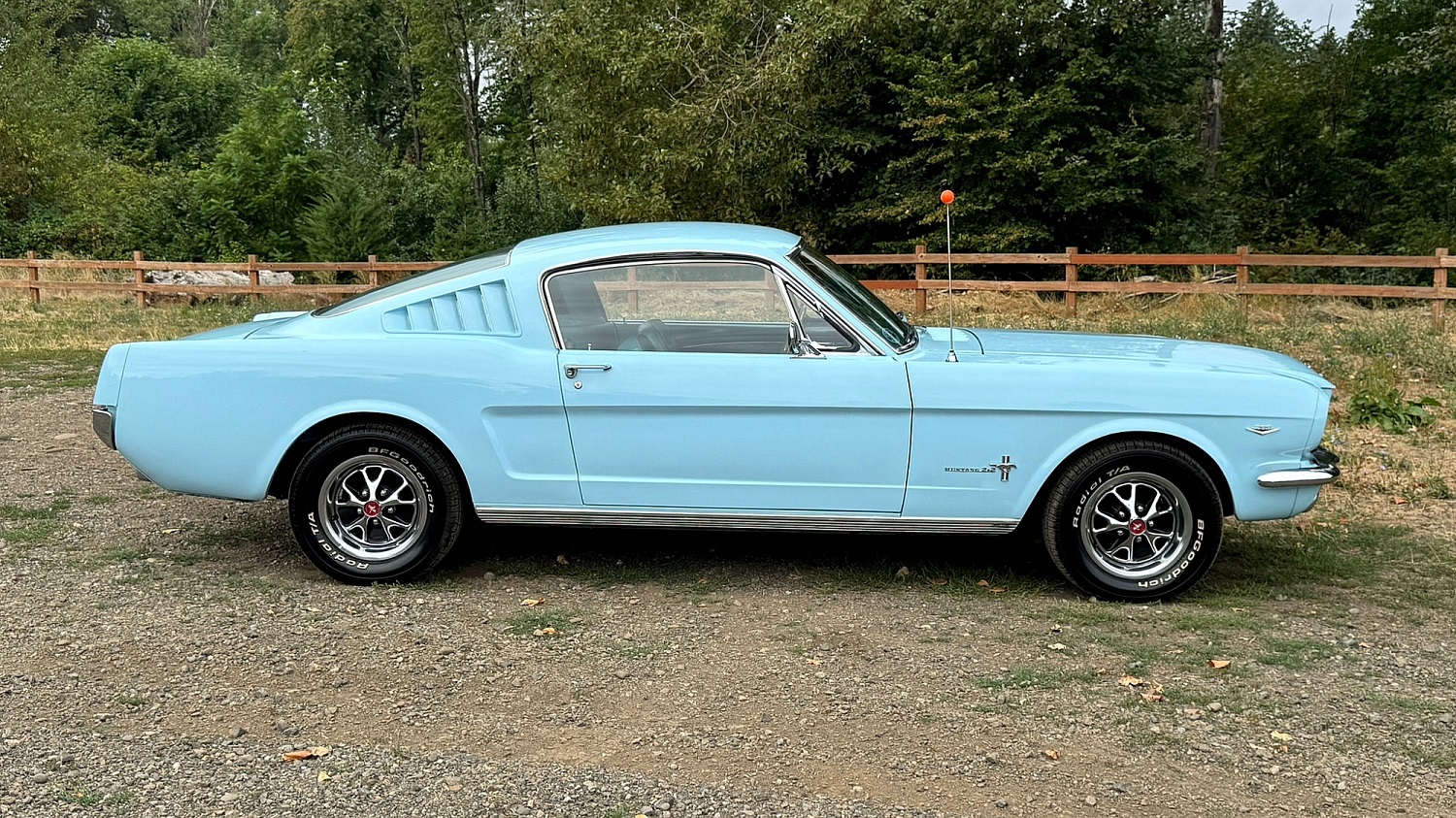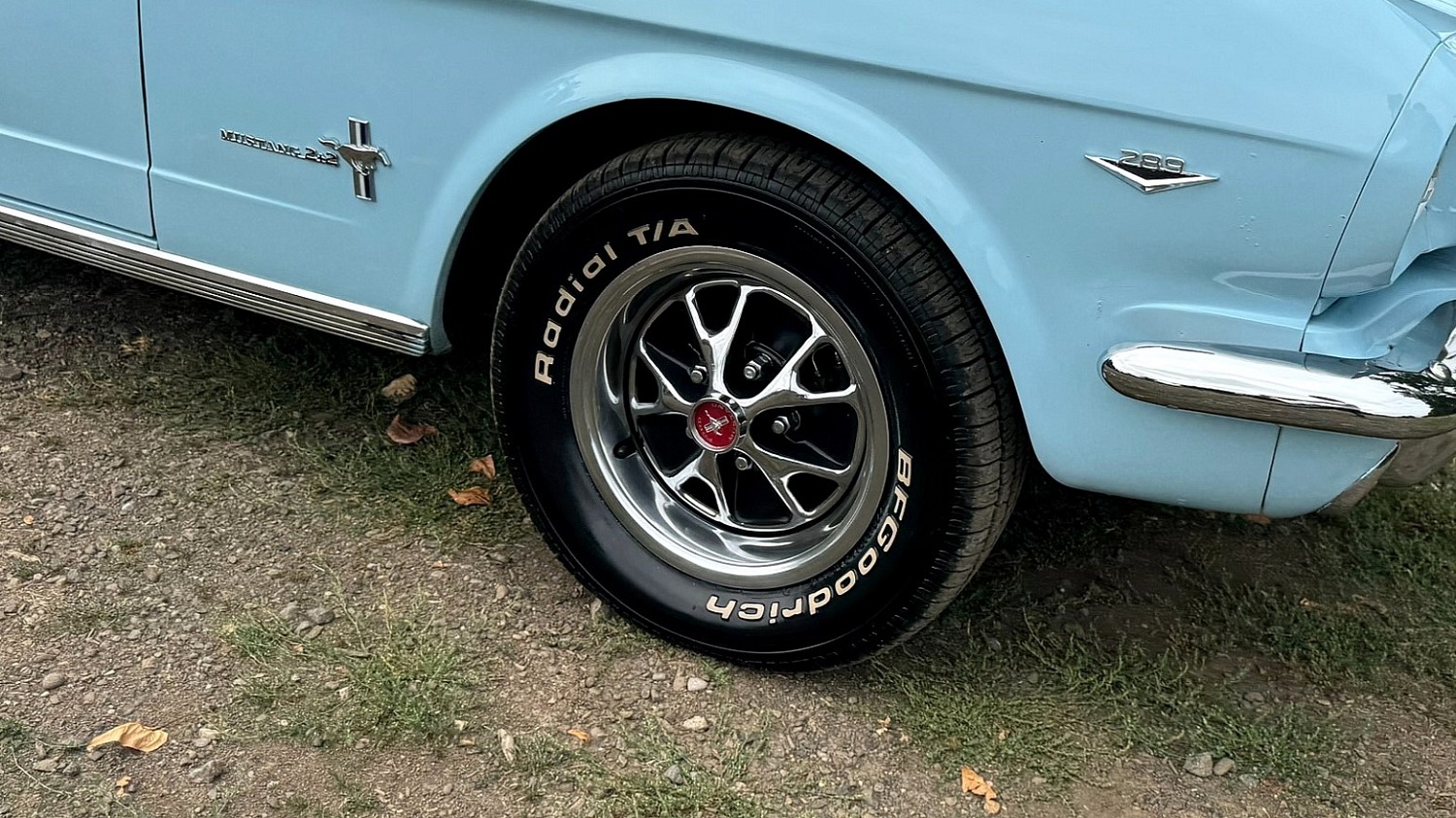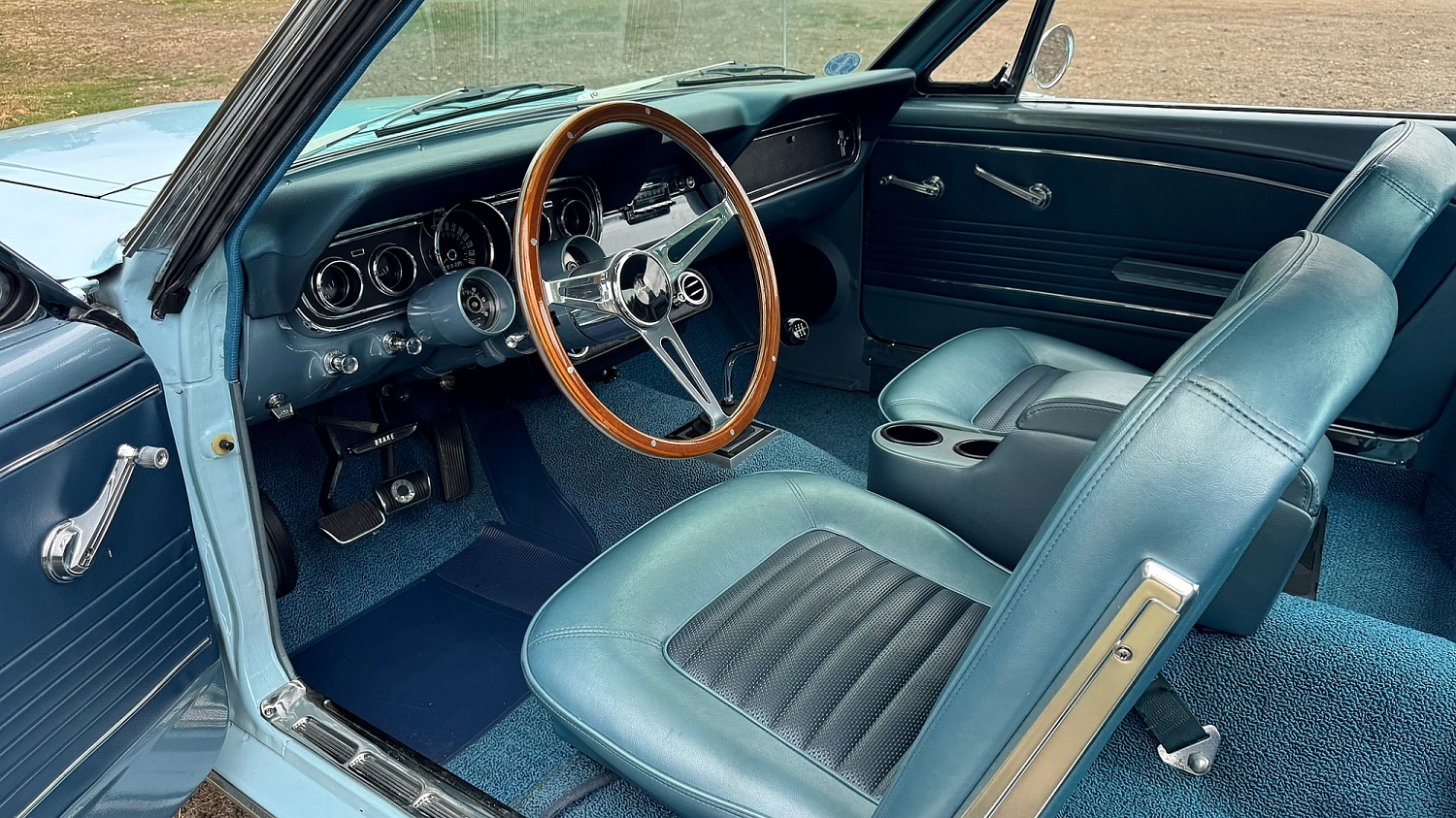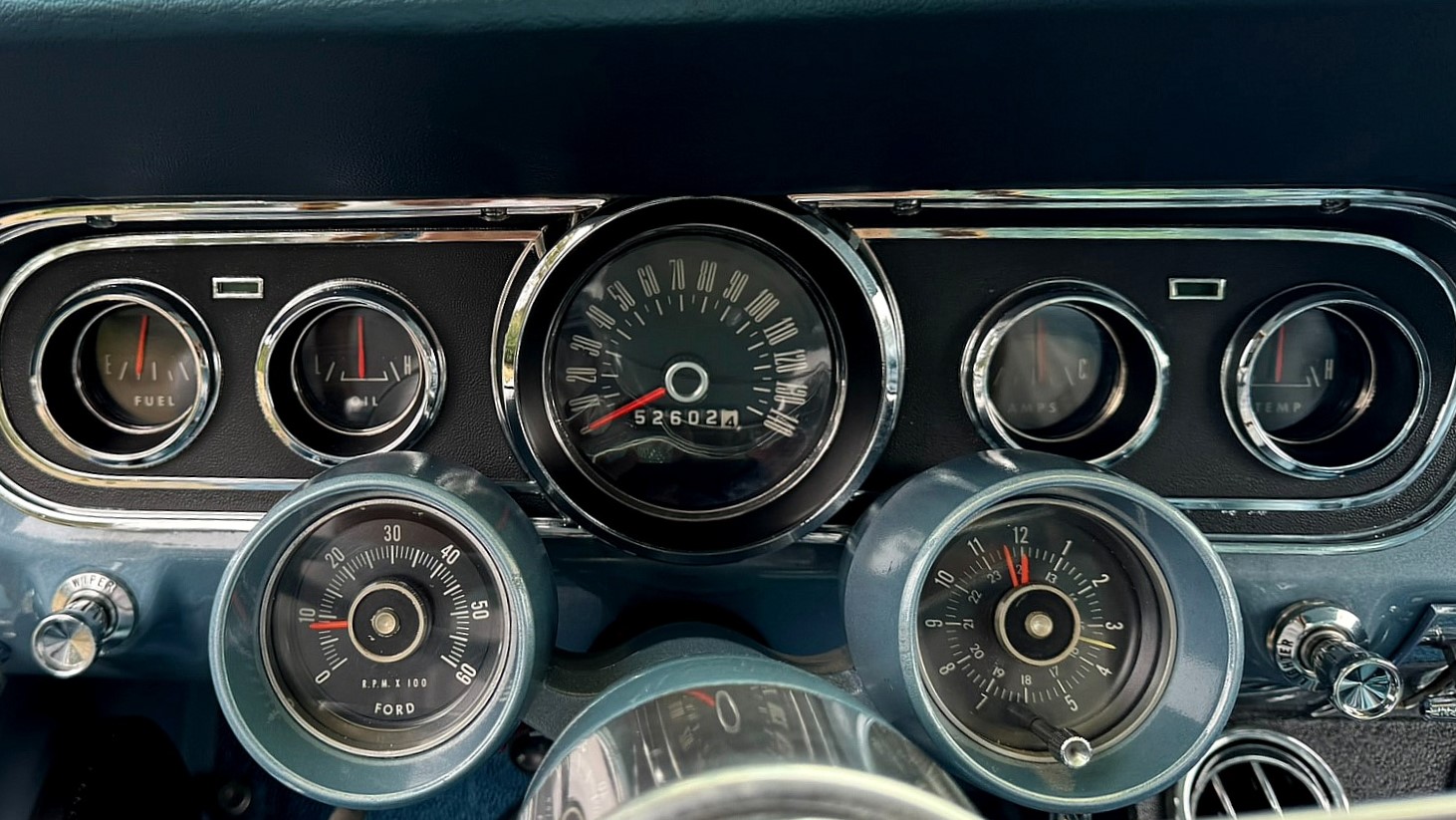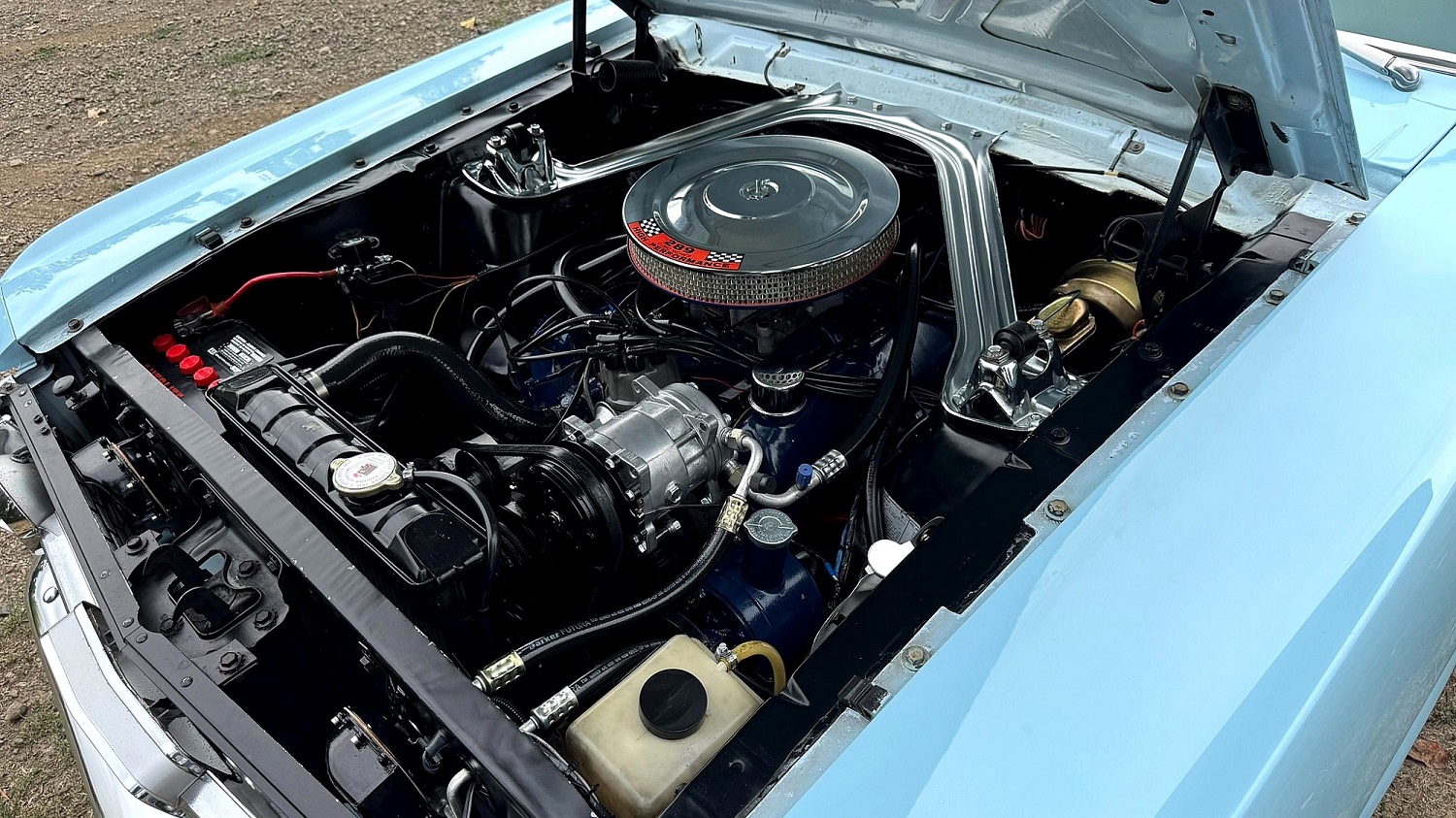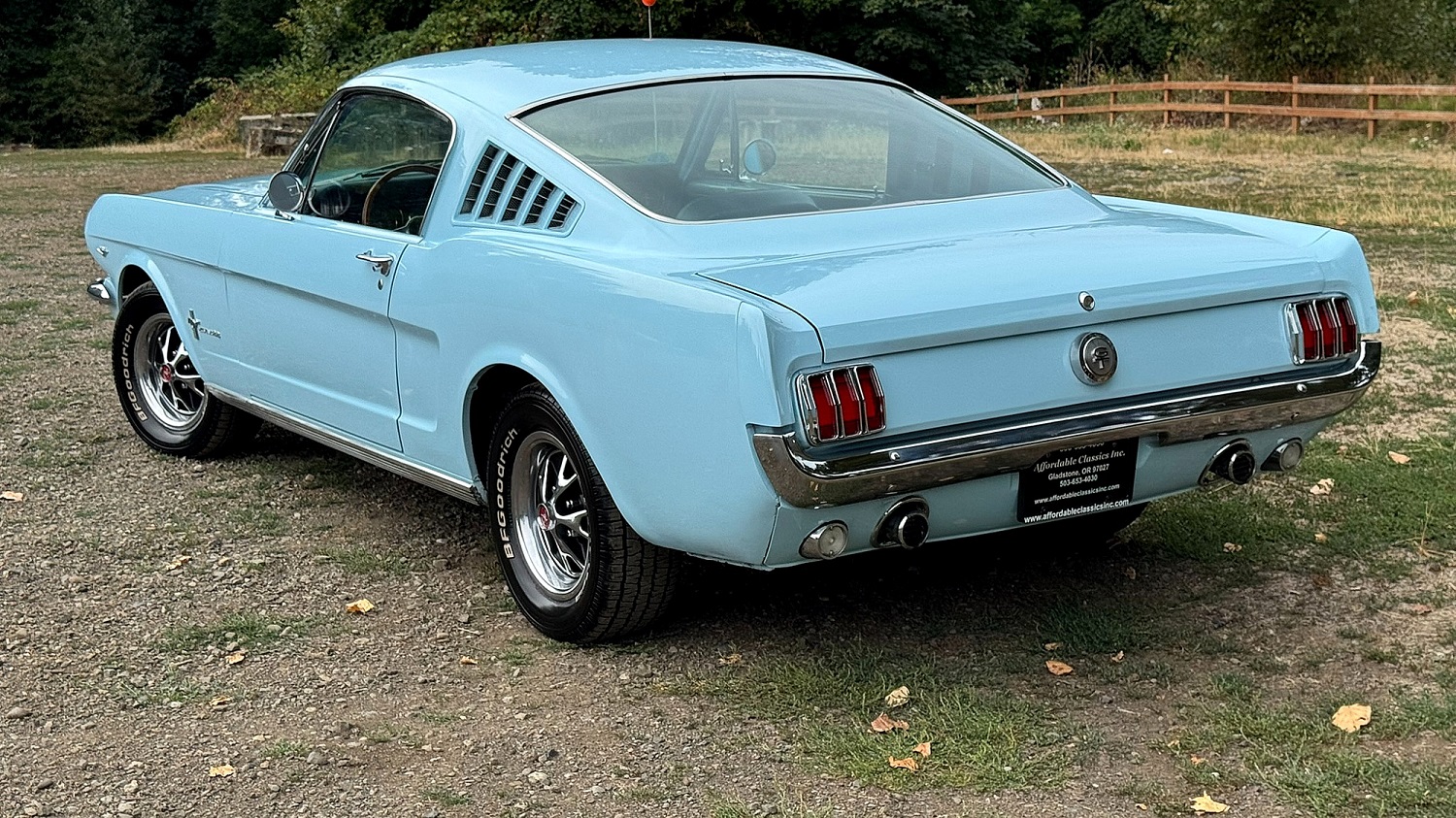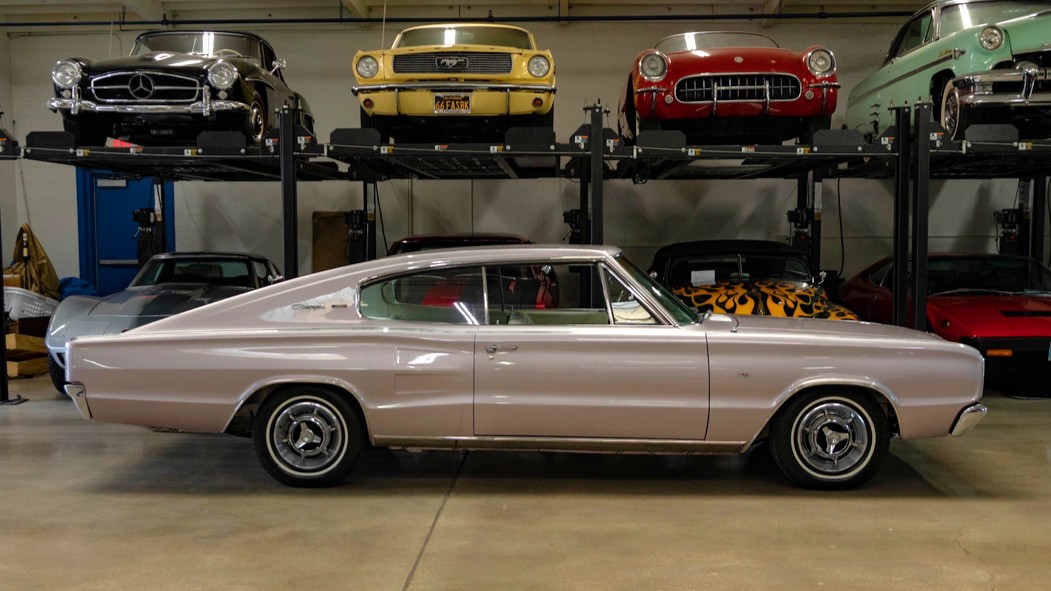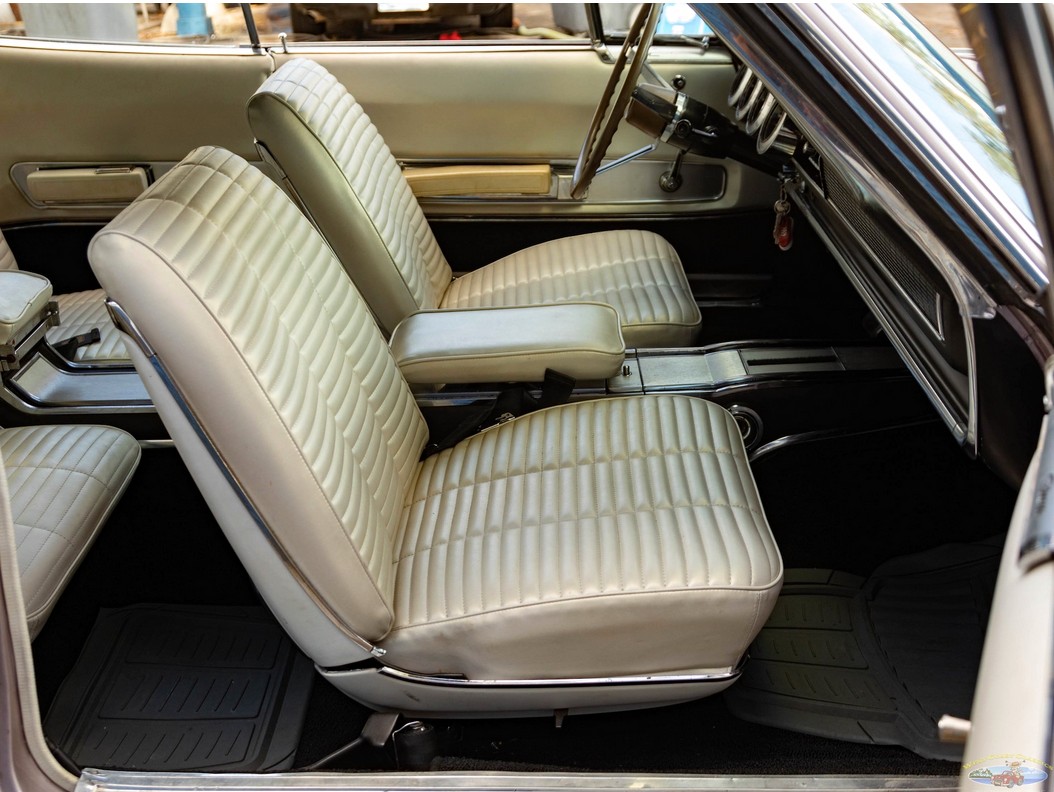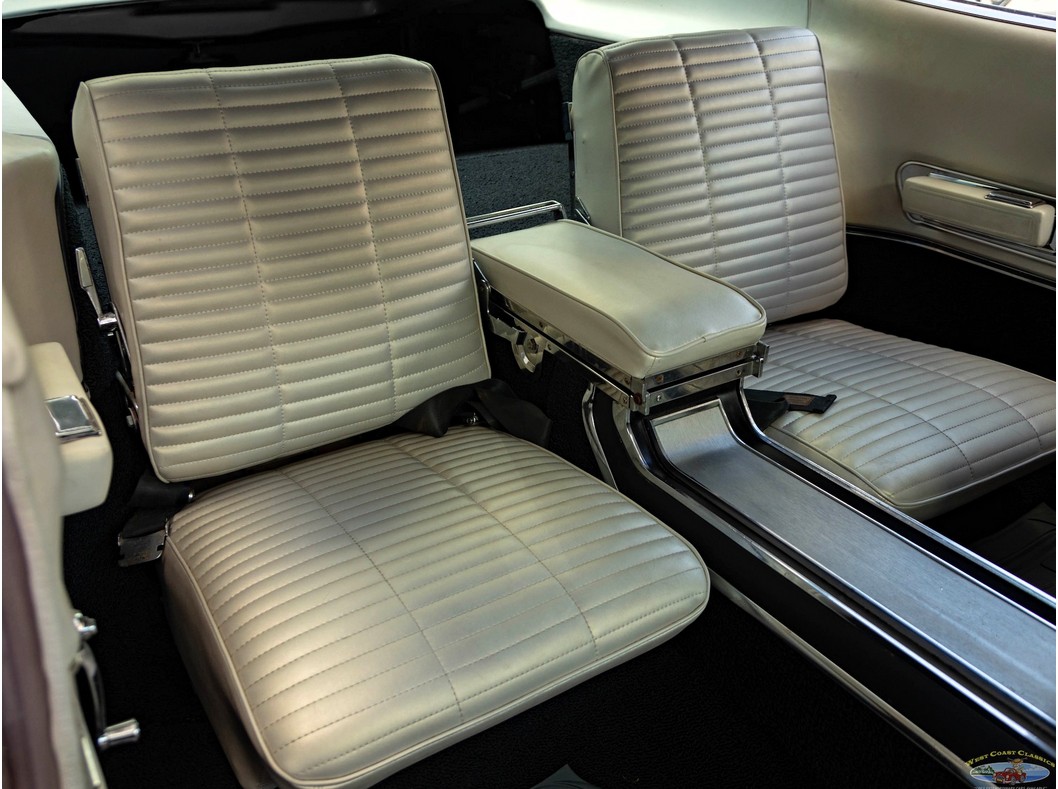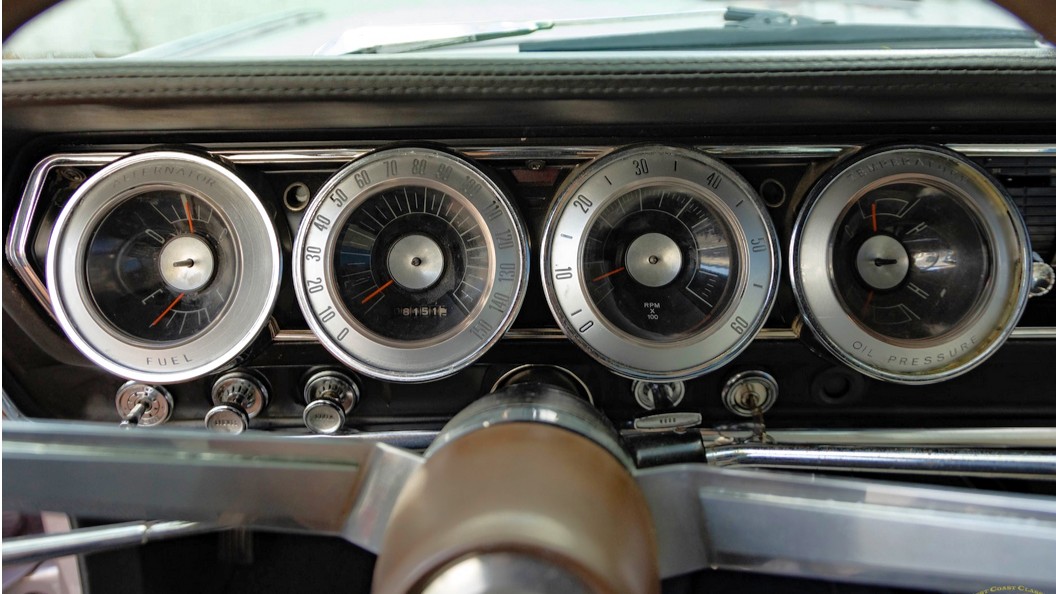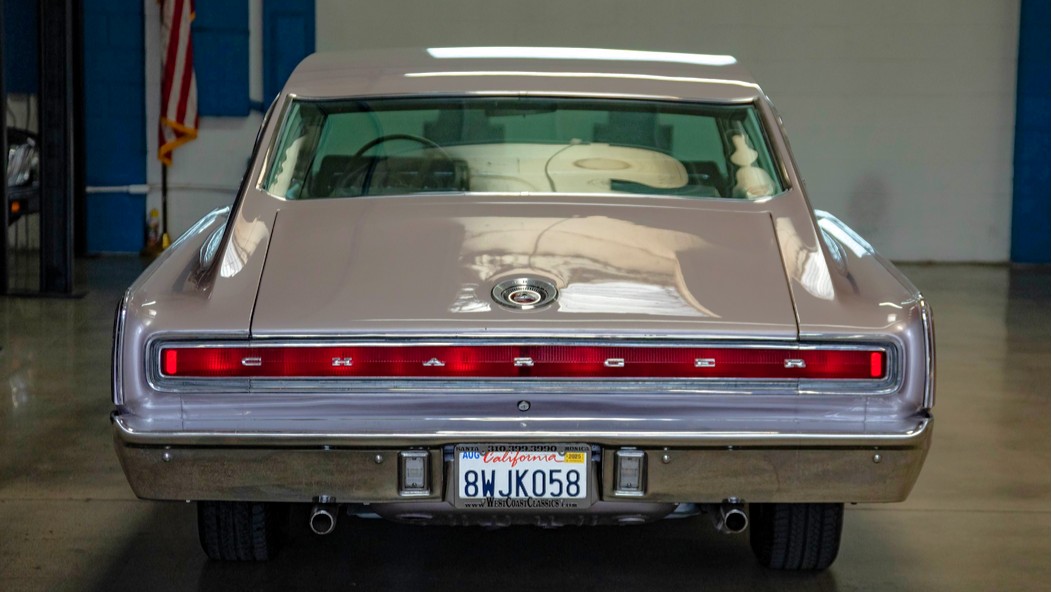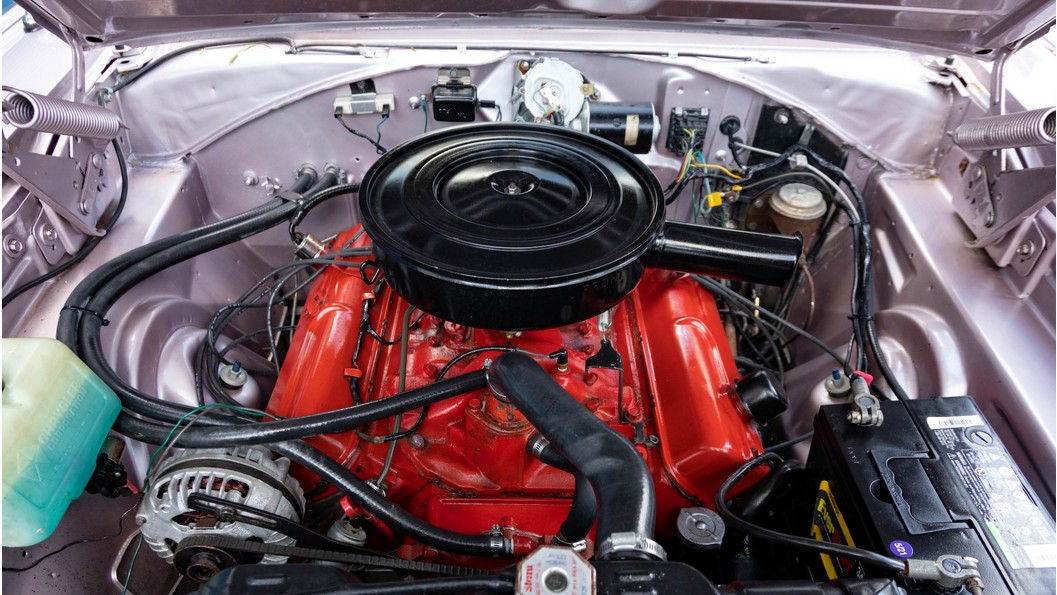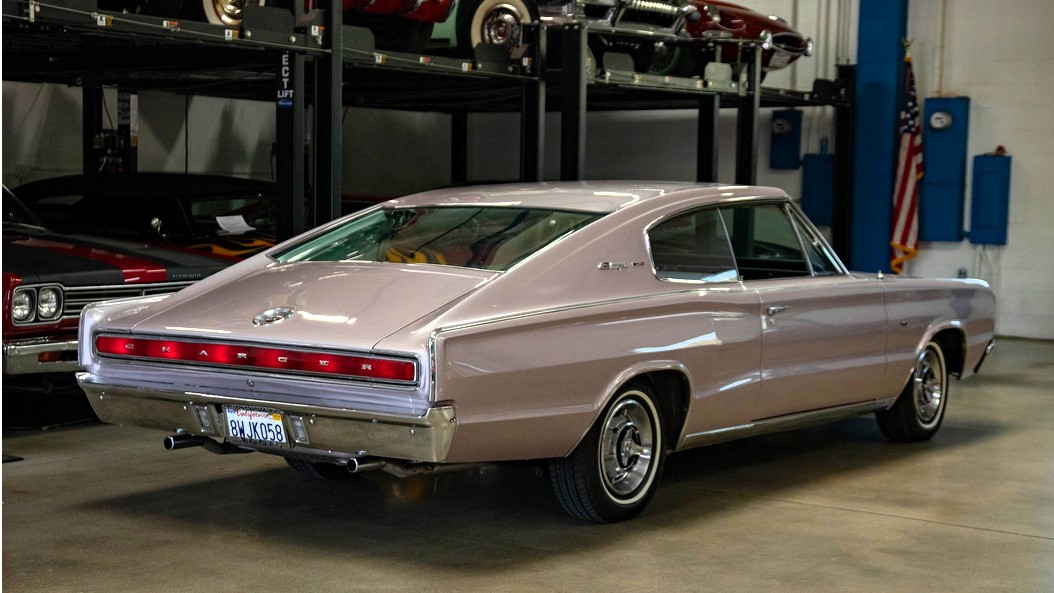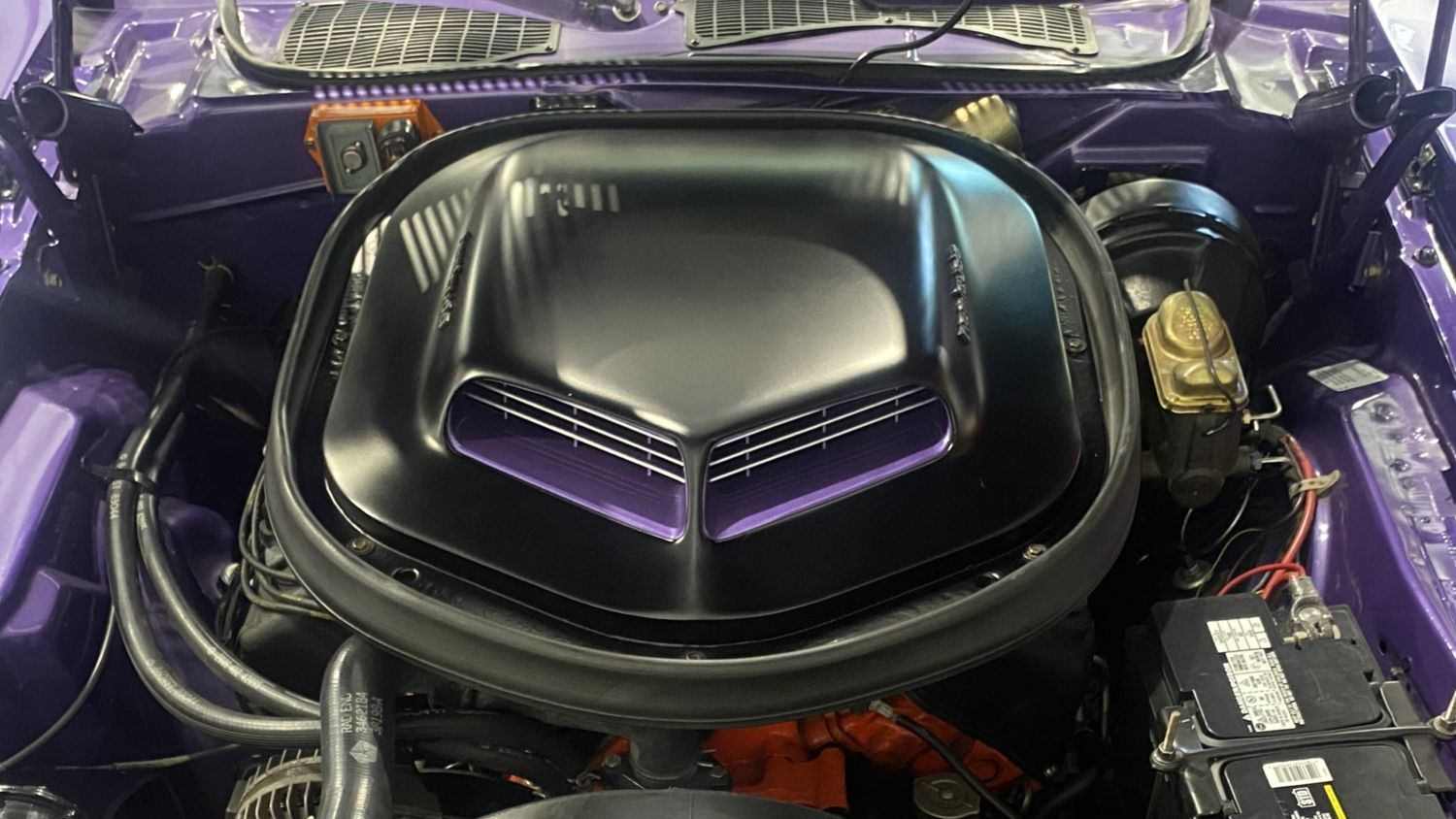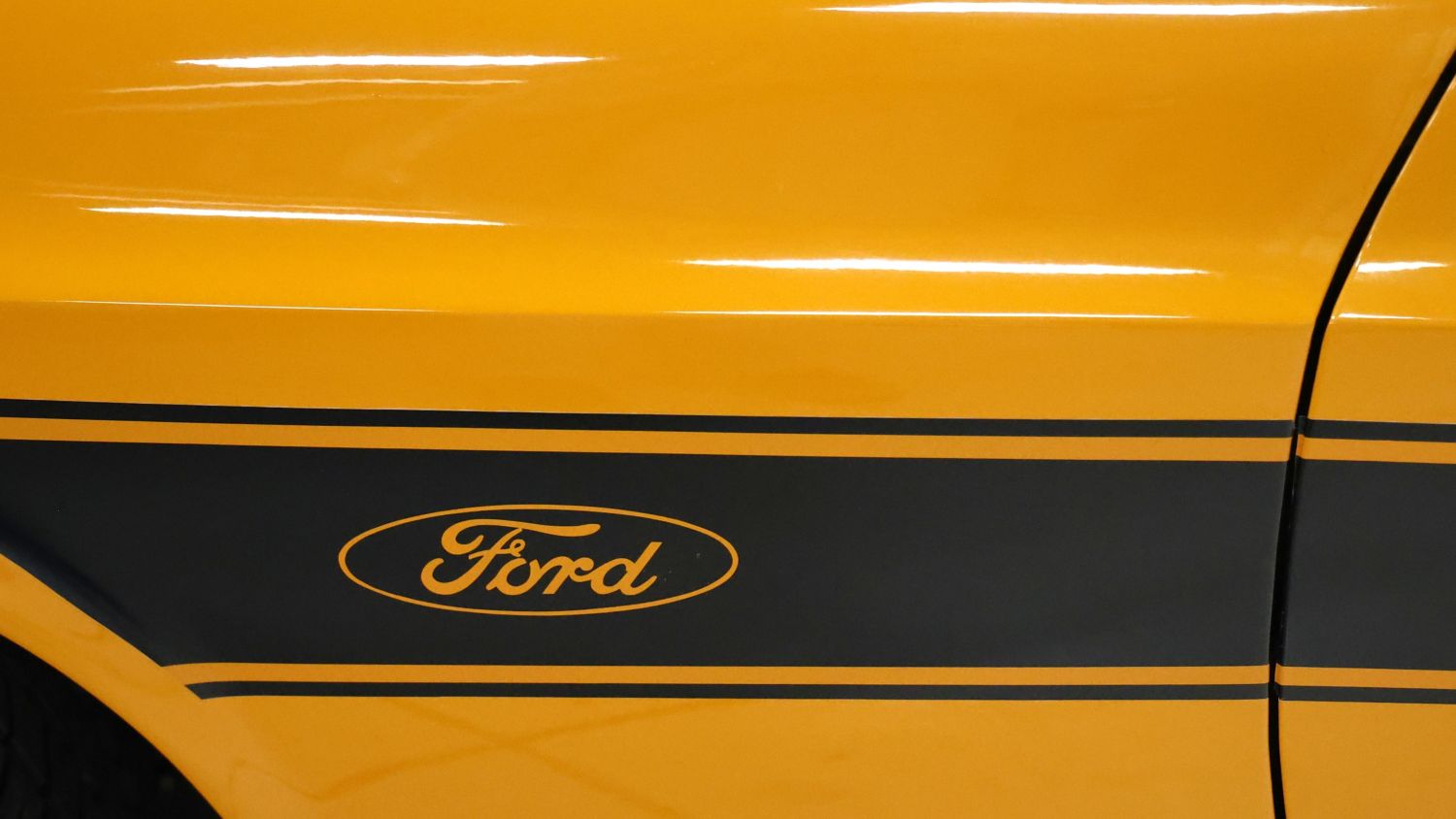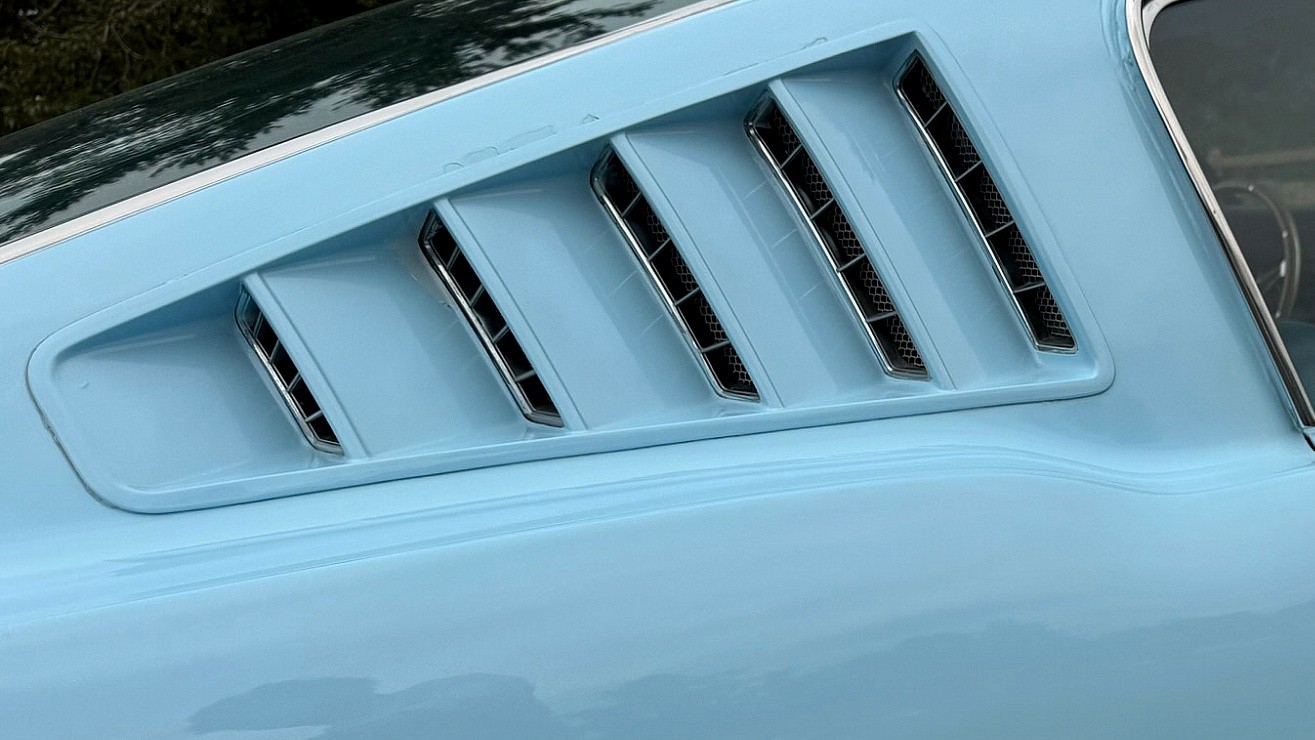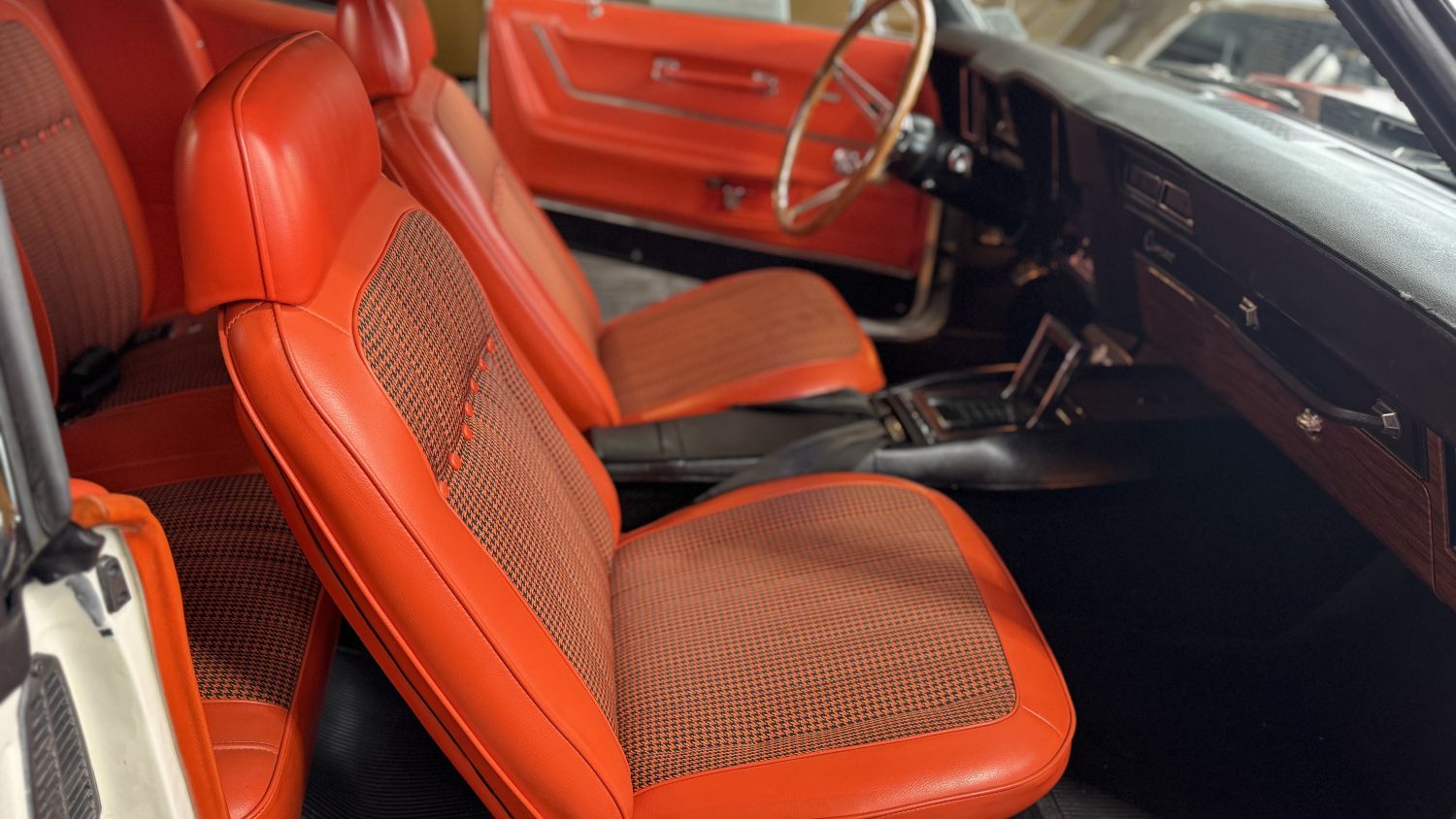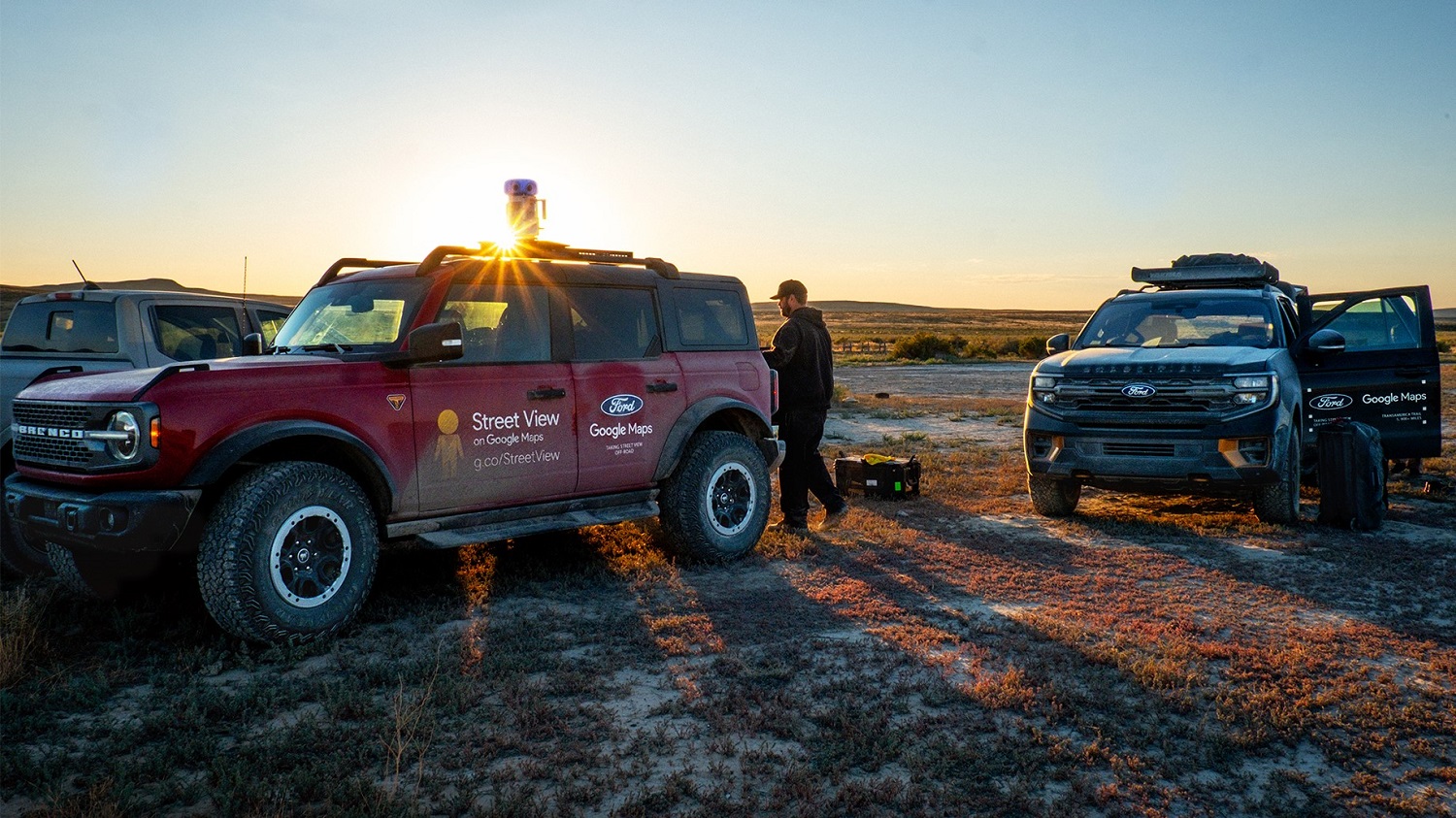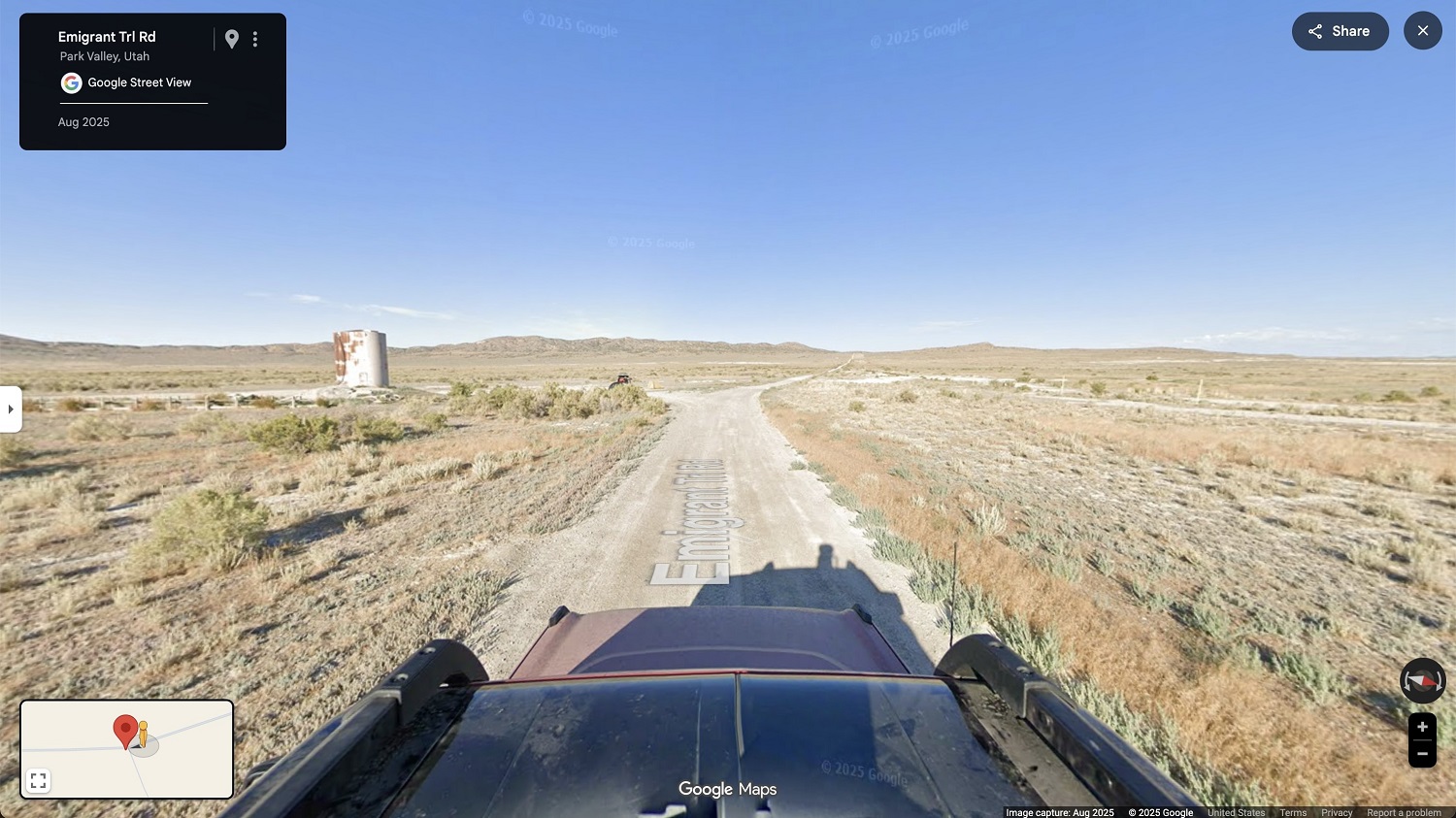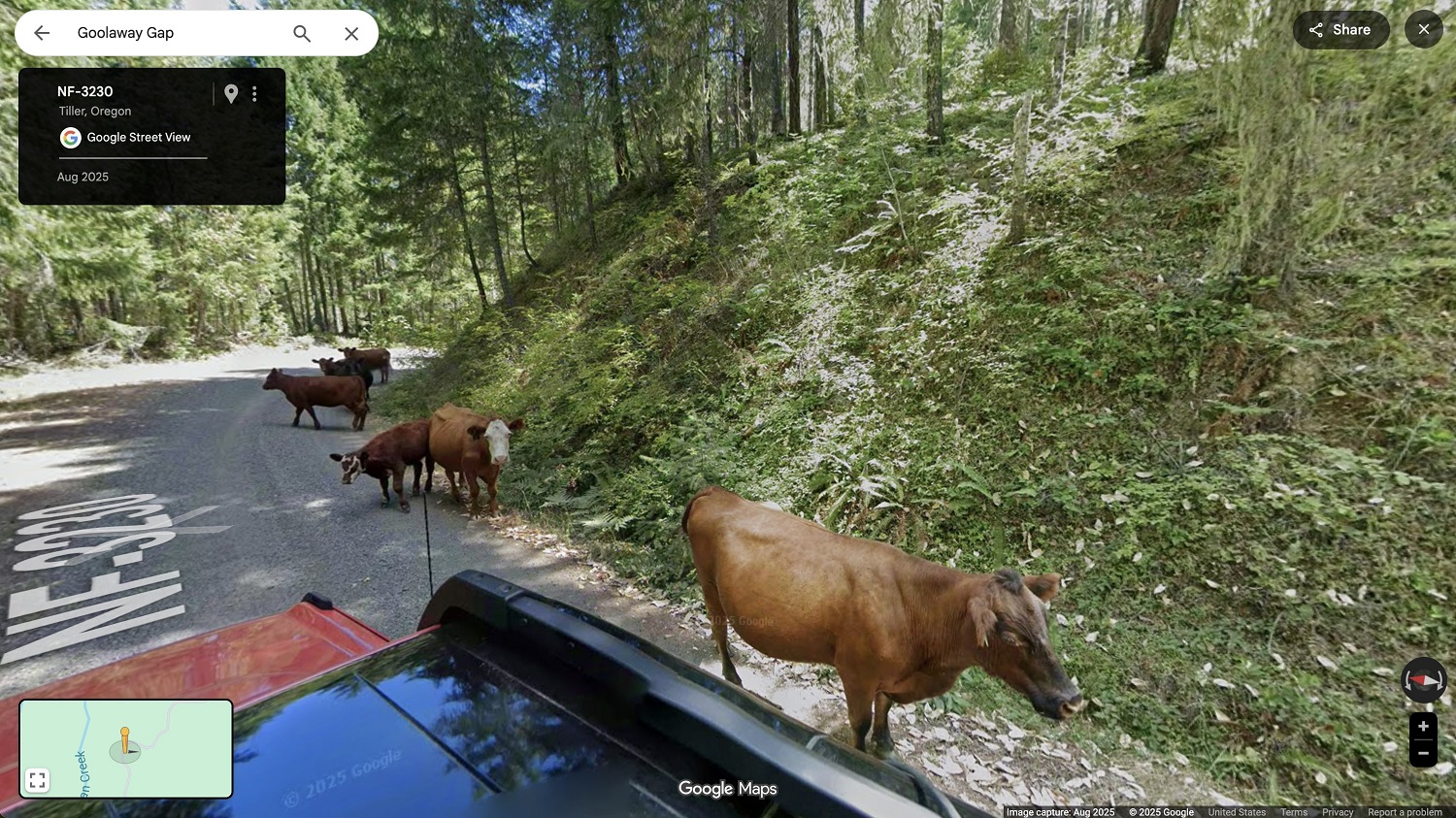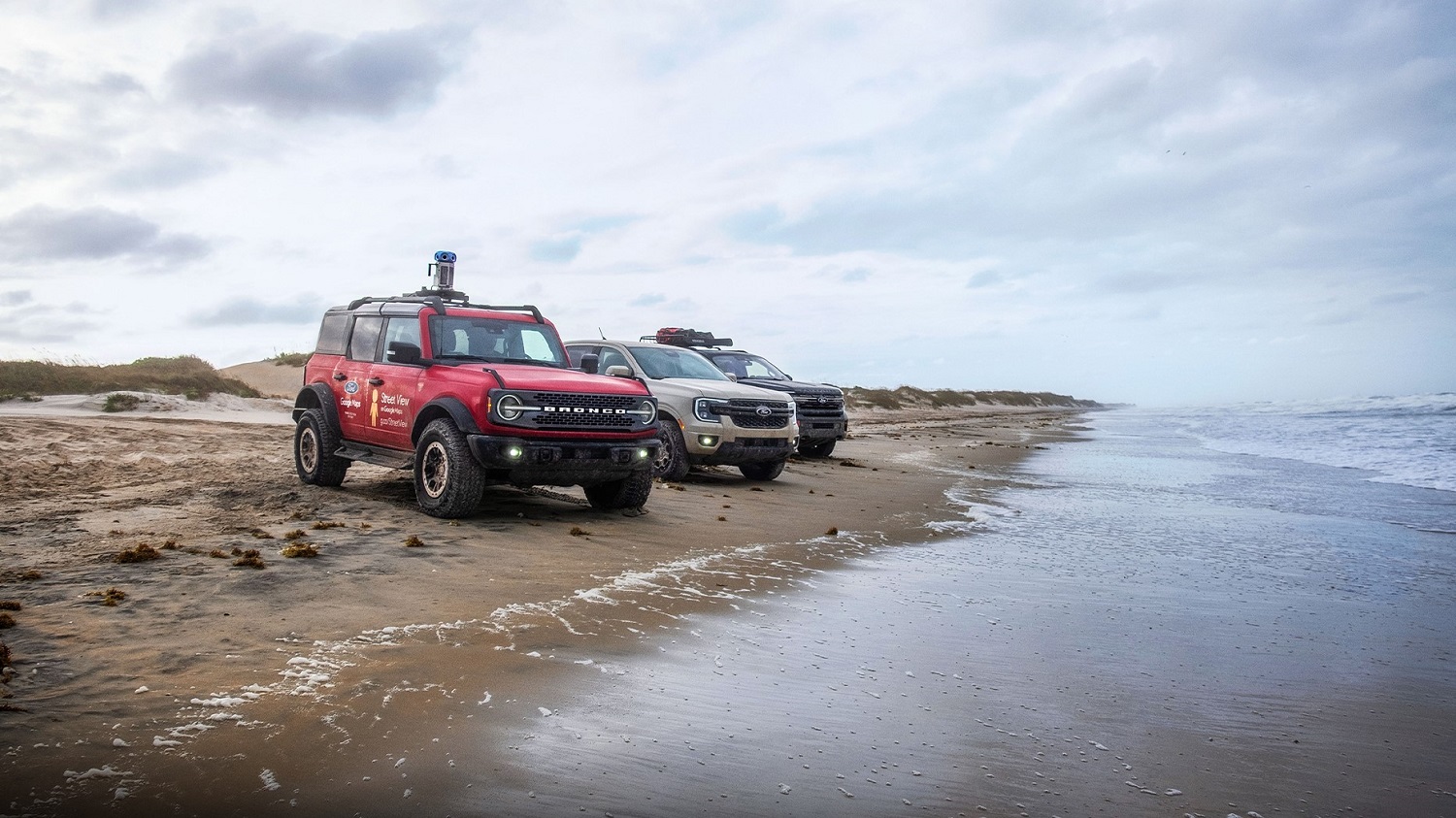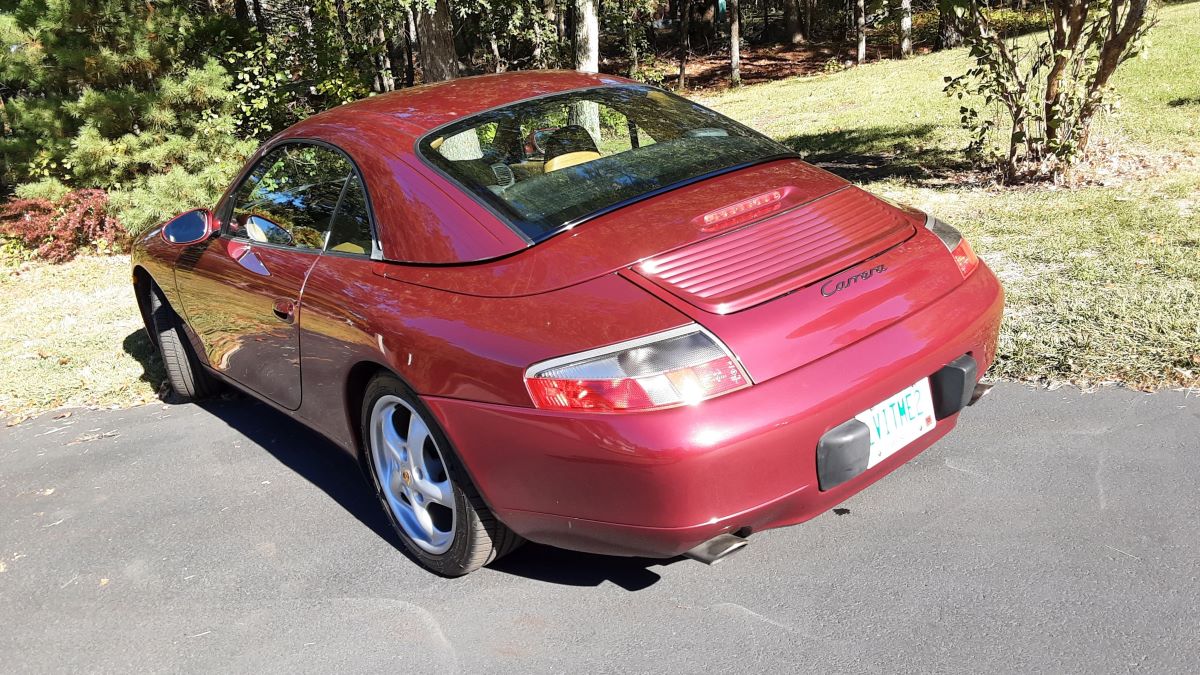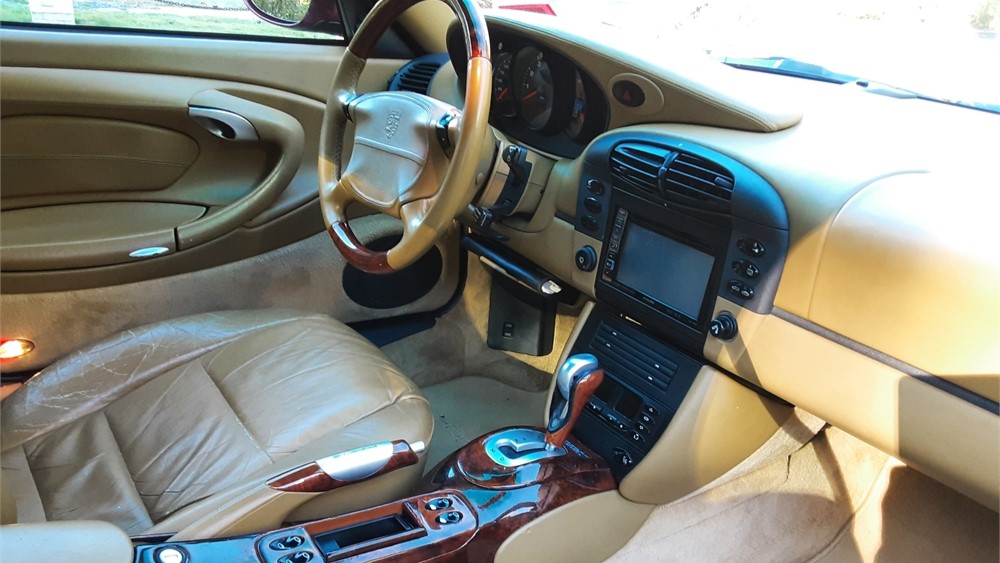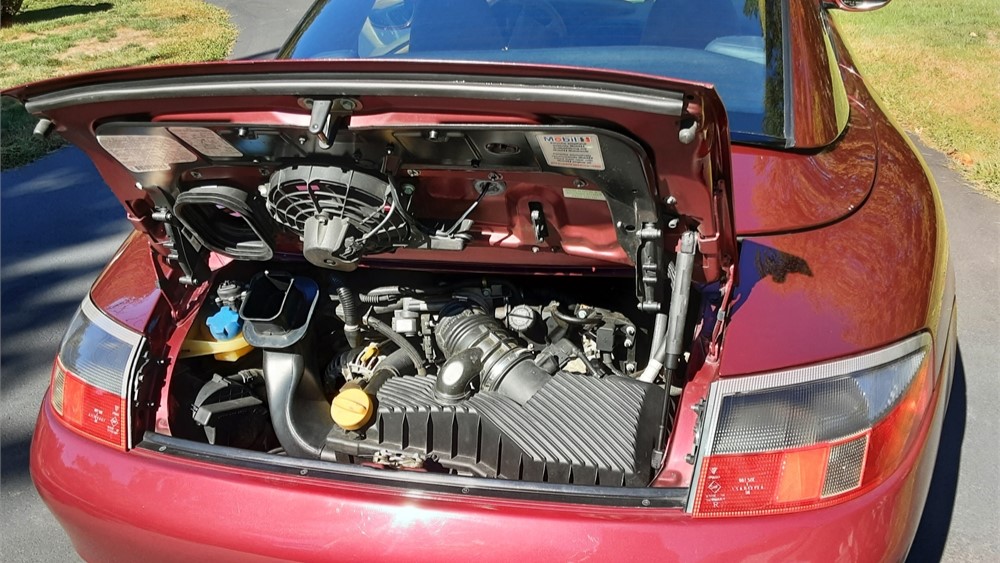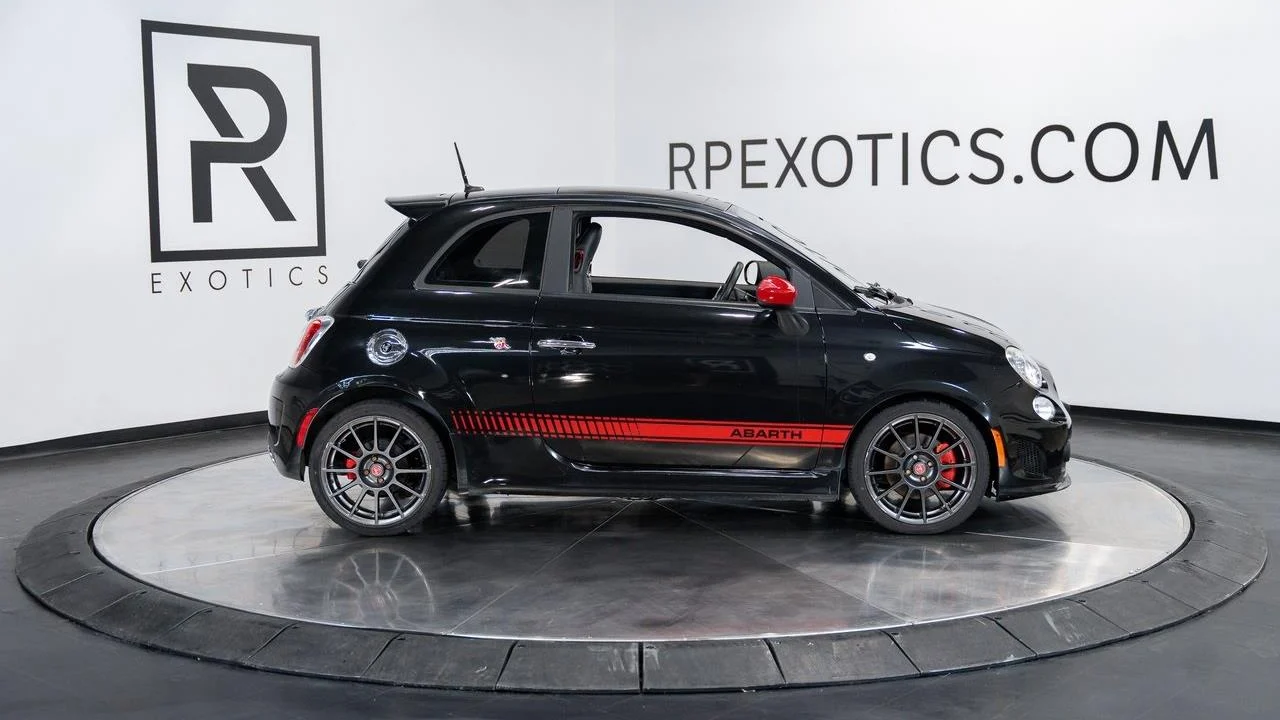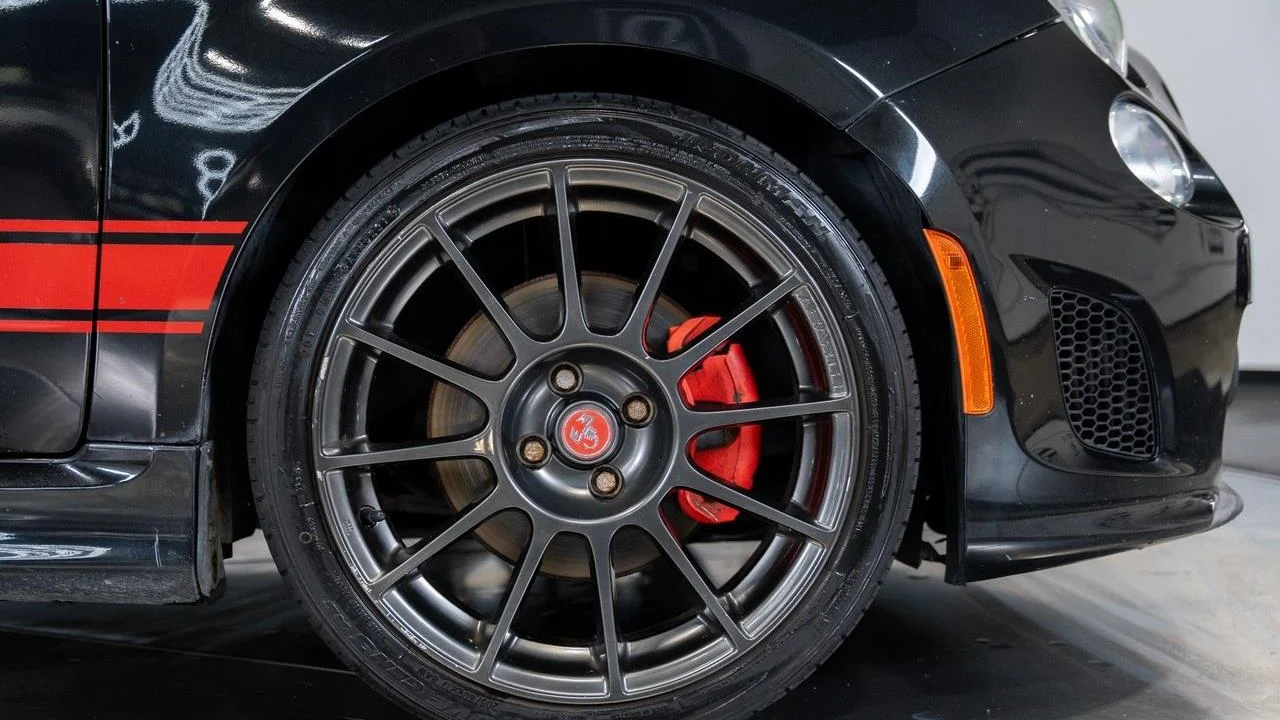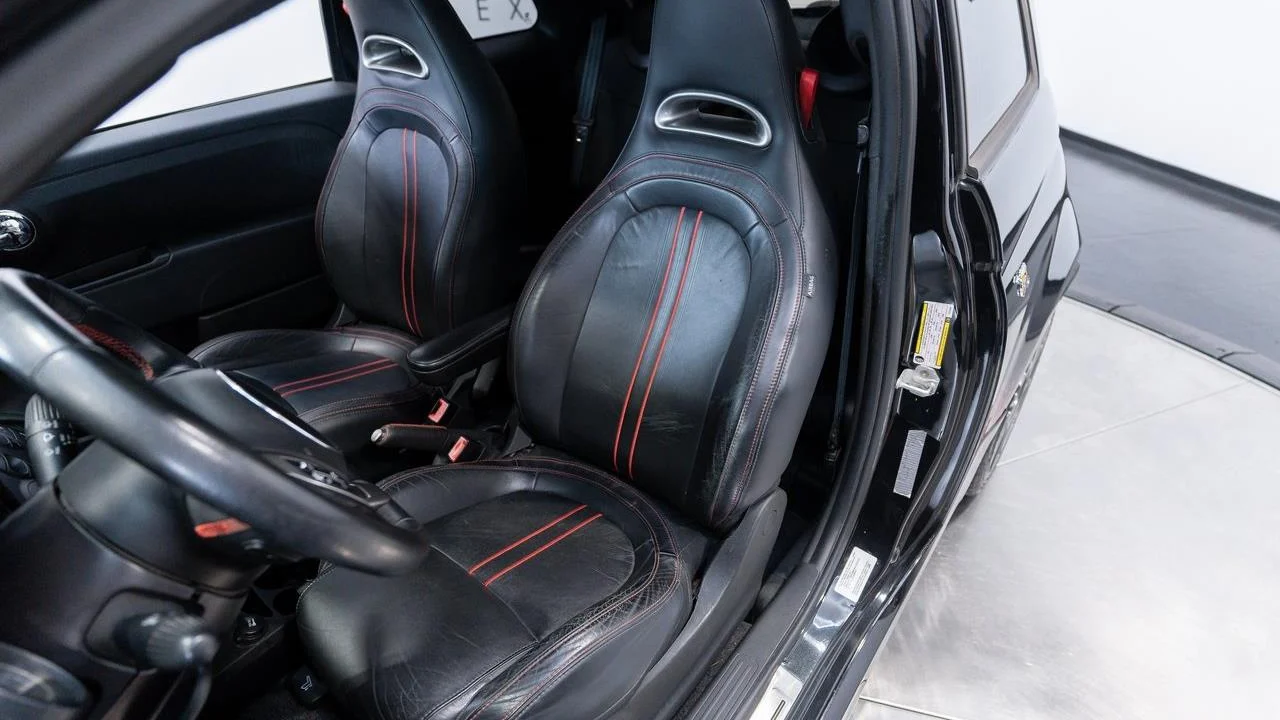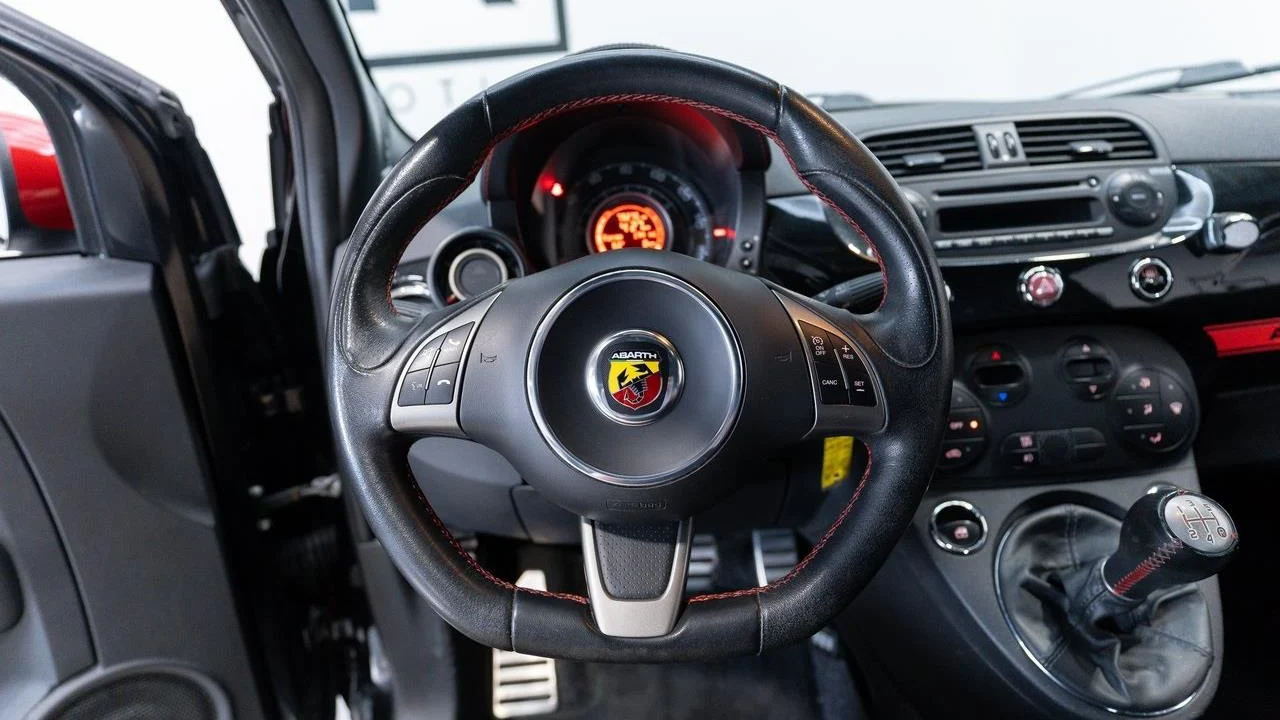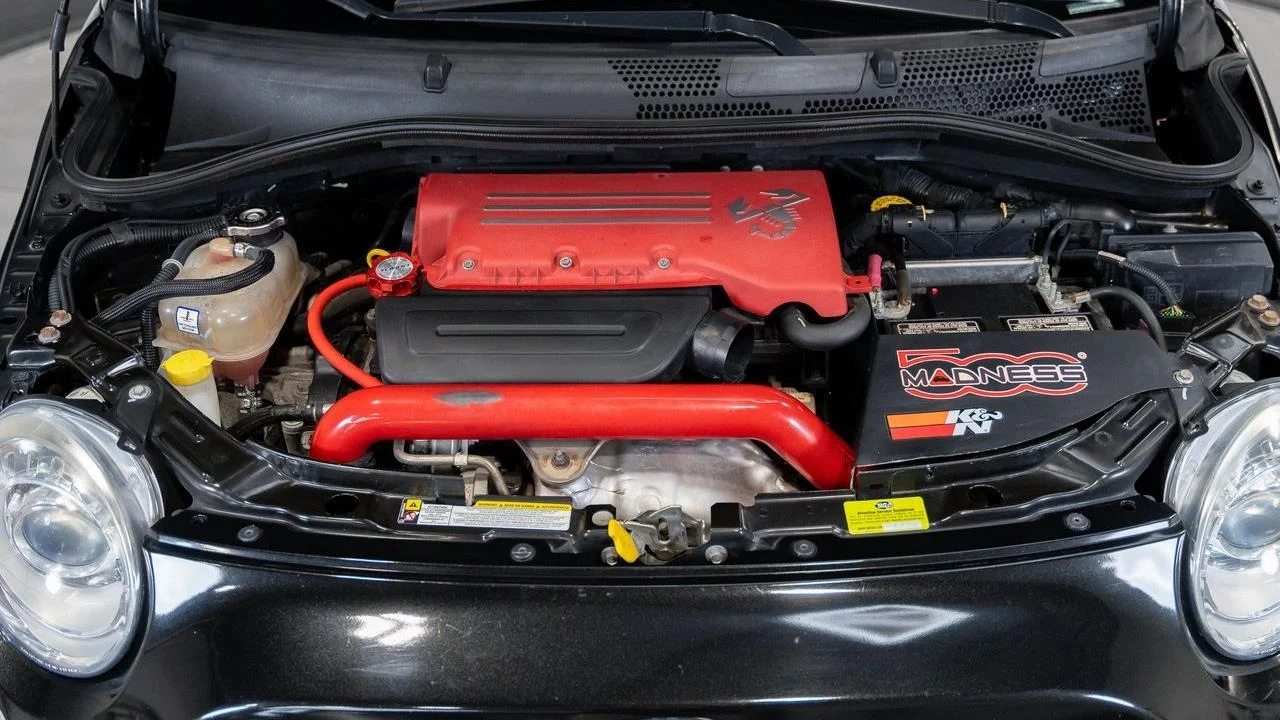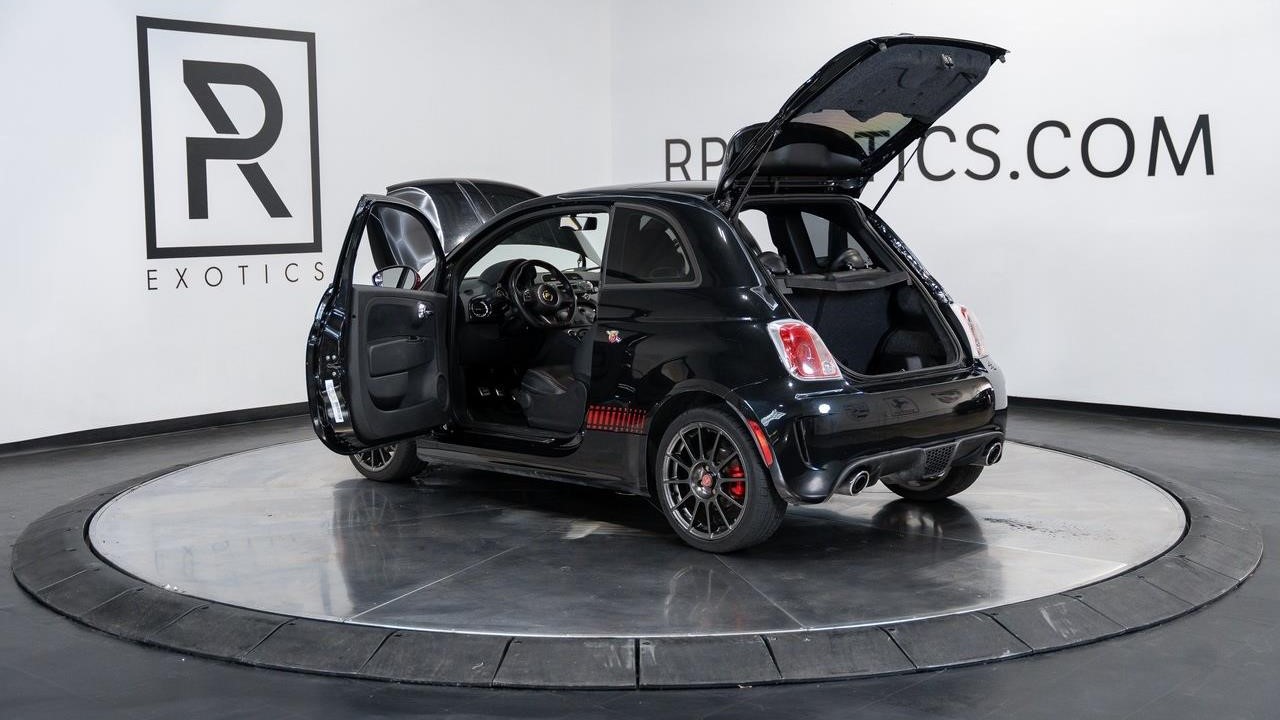Ladies with an attitude
Fellas that were in the mood
Don’t just stand there, let’s get to it
Strike a pose, there’s nothing to it
There were plenty of people – and cars – striking poses over the weekend at a celebration of the 1980s and 1990s in California. Madonna’s “Vogue” from 1990 was a perfect soundtrack.
For almost 10 years running, RADwood has created a name for itself as the most vibrant, active car-show scene for vehicles from the 1980s and 1990s. RADwood’s website says the event is “the car show that blends period-correct attire with killer music of the most radical era.”
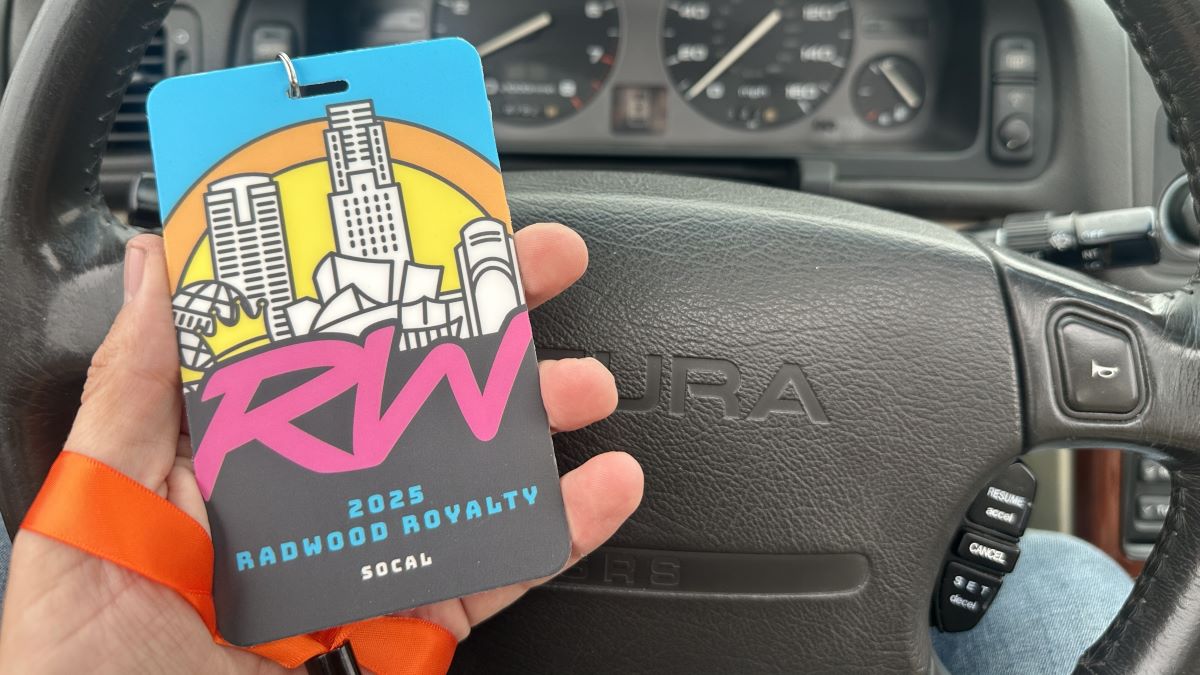
One of the organization’s signature events each fall is held in the Los Angeles area, and I have made it an annual tradition to be part of it. Here is a link to a story about the 2024 program.
This year, I elected to take my 1995 Acura Legend coupe. It is a RAD-period car I acquired about four years ago and subsequently spent two years restoring, so it was rewarding to finally show it in the SoCal car scene. Our convoy of rides from Arizona included an Acura Integra, two Acura Legends, a BMW 540i, a Buick Reatta, a Dodge Dakota, two Honda Insights, and a Mitsubishi Pajero. Quite the mix!
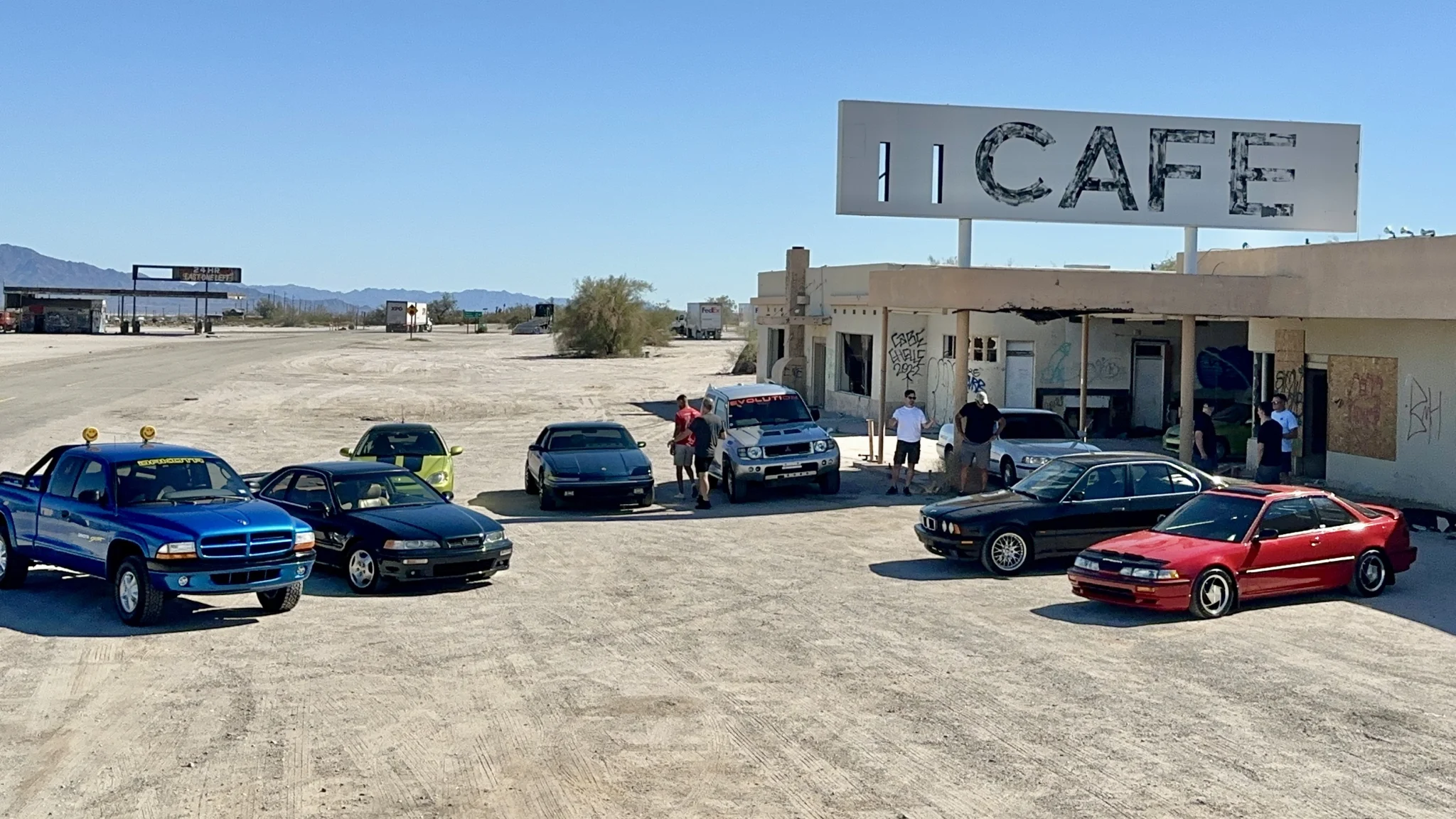
The show venue, for the third year in a row, was the Port of Los Angeles in San Pedro, which offered a nice combination of both indoor and outdoor display areas. There was entertainment galore – besides the obligatory automotive eye-candy, there were vendor booths, food trucks, live music, VIP hospitality areas, and even a fashion contest.
Here were 10 of the vehicles that stood out to me, in order by model year.
1985 Ferrari Testarossa
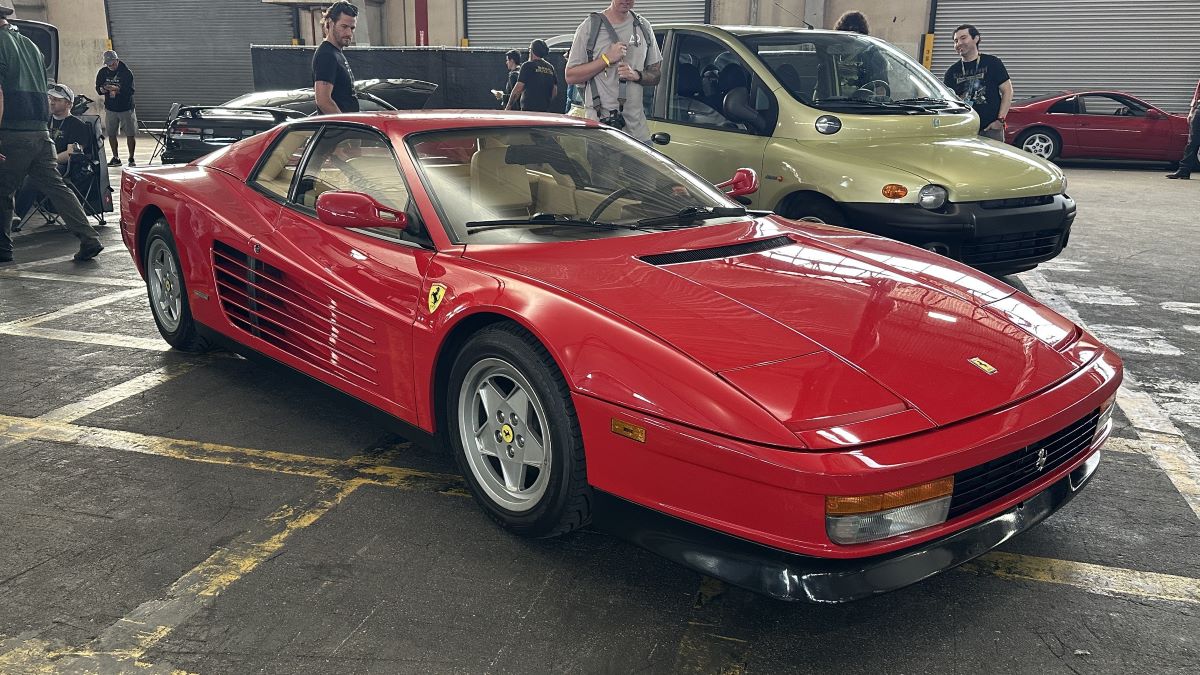
The Testarossa was an iconic Italian “poster car” for many people in the 1980s and 1990s. Its wedge shape, functional side strakes, and 4.9-liter flat-12 engine made it unlike anything else on the road. Assembly for the “Type F110” took place in Maranello, and the car went through a refresh in 1991 with some changes to design, but it was later phased out after 1994.
1986 Chrysler LeBaron
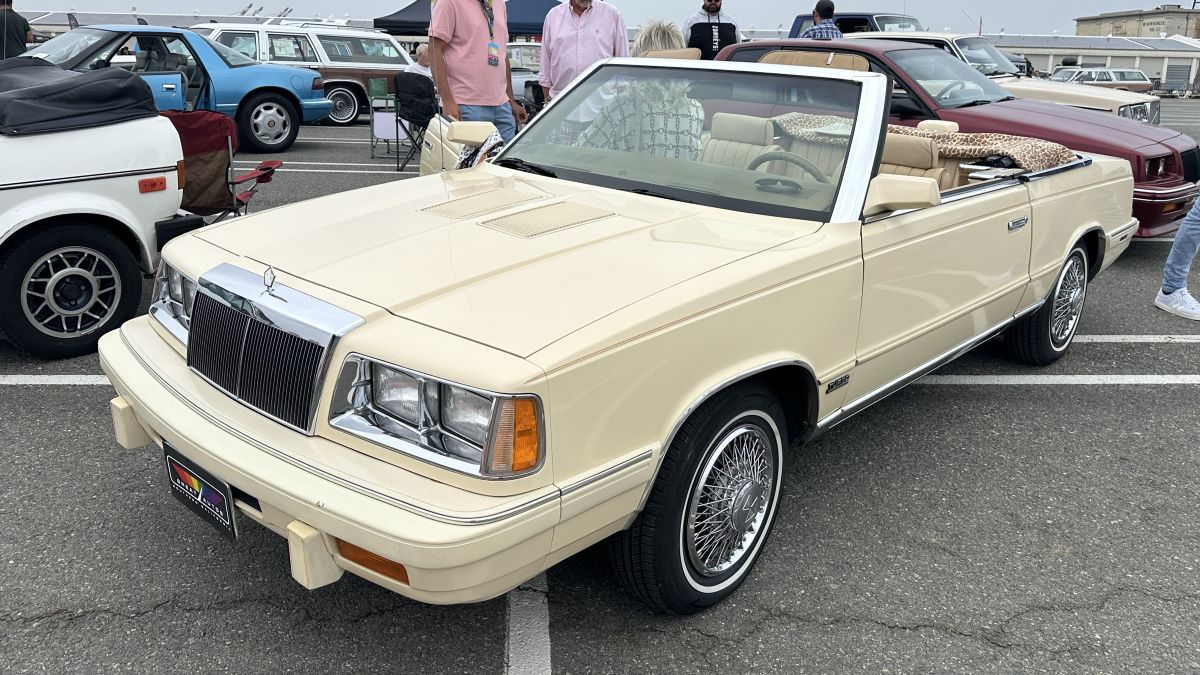
Riding on the famous “K-Car” platform, the LeBaron had been facelifted for 1986. It had a more rounded design when compared to the original, but it was still very square by modern standards. Power for the car on display at RADwood came from 2.5-liter inline-four paired with a three-speed automatic. It even had a department store mannequin in the passenger seat! Some people at RADwood go all-out with their period-correct memorabilia.
1991 Eagle Talon TSI
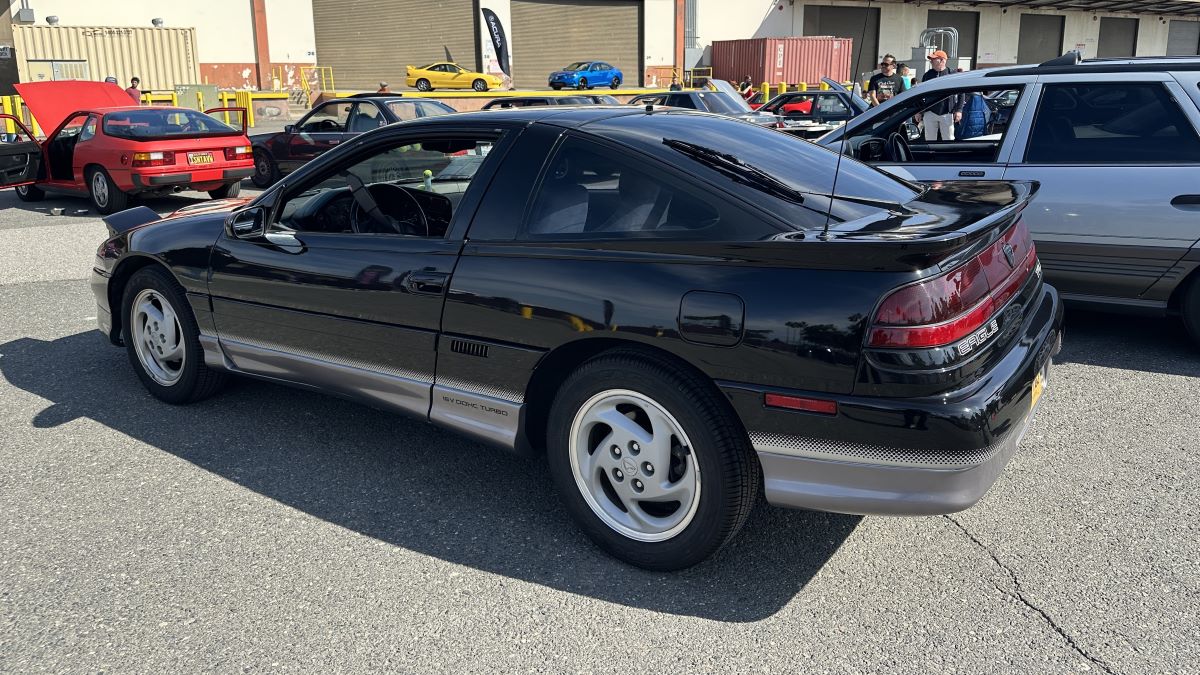
In the 1990s, Chrysler was partnered with Mitsubishi, and together, they formed Diamond-Star Motors (DSM). The Talon TSI was a hot sports coupe for its time, sharing architecture with the Mitsubishi Eclipse and the Plymouth Laser. I loved how clean and unmodified the car looked. The window sticker showed that had a total price of $18,254 and was equipped with air conditioning, cruise control, power door locks, and 16-inch alloy wheels.
1991 Lotus Elan
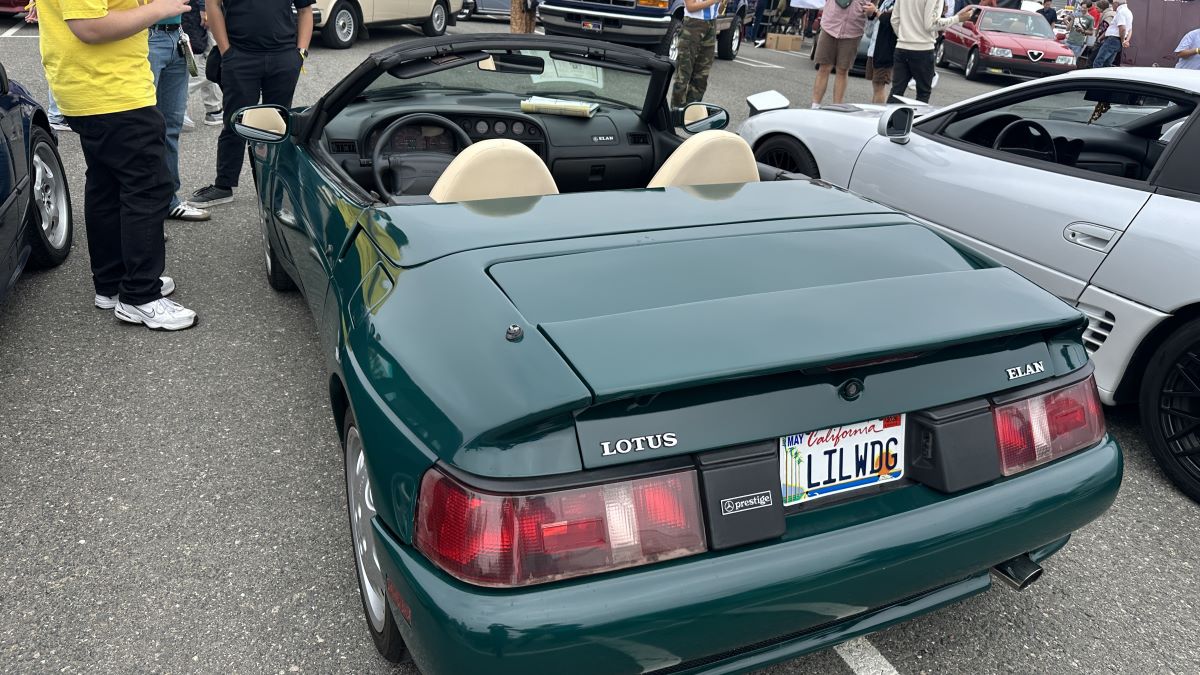
The “M100” Elan was the first front-wheel drive Lotus, and it used an Isuzu 1.6-liter turbocharged and intercooled engine paired with a synchromesh five-speed manual transmission. Magazines loved the car’s sexy style and adept handling. The sticker with this car showed an original retail price of $39,900, and the original dealer was listed as “Woeste Lotus.”
1991 Nissan NX
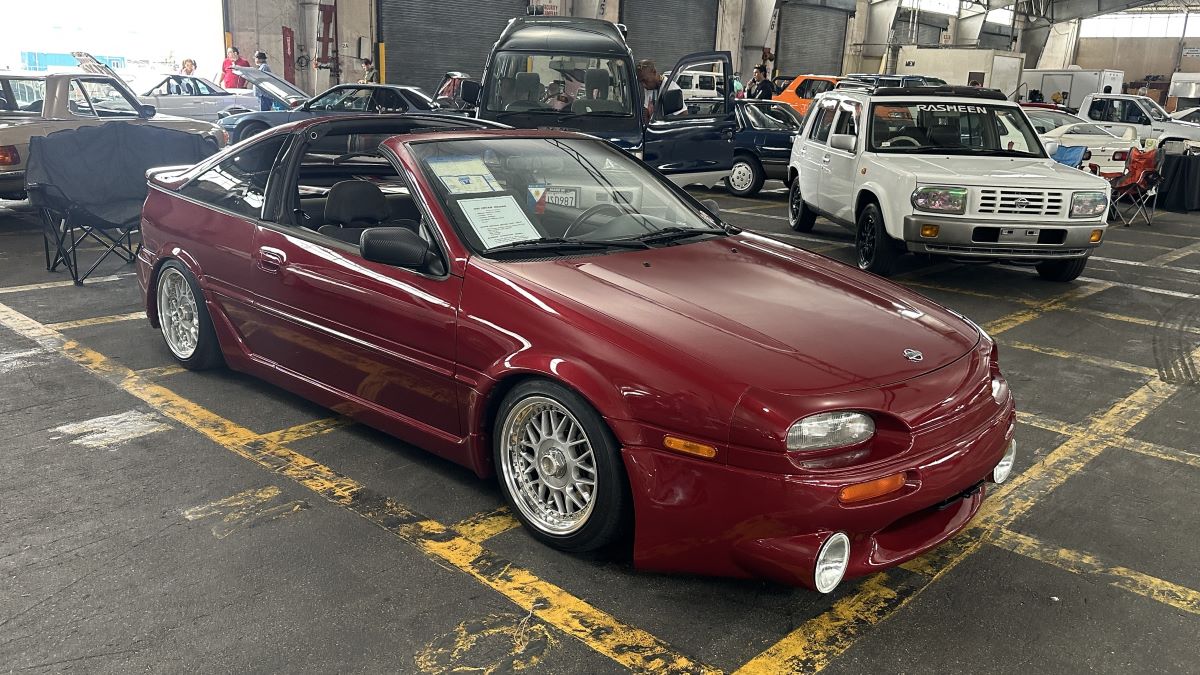
The compact, front-wheel drive NX2000 used a robust inline-four engine called the SR20DE. Its bubble-shaped styling was characteristic of the era, and the car was known for being fun-to-drive. According to signage at RADwood, the NX was still owned by its original owner and it was repainted in 1998 in its original color of “Cherry Red Pearl.” Upgrades installed by the owner included a Stillen ECU, an HKS intake, a VIS Racing body kit, and custom 15-inch wheels.
1993 Chevrolet S-10 2WD
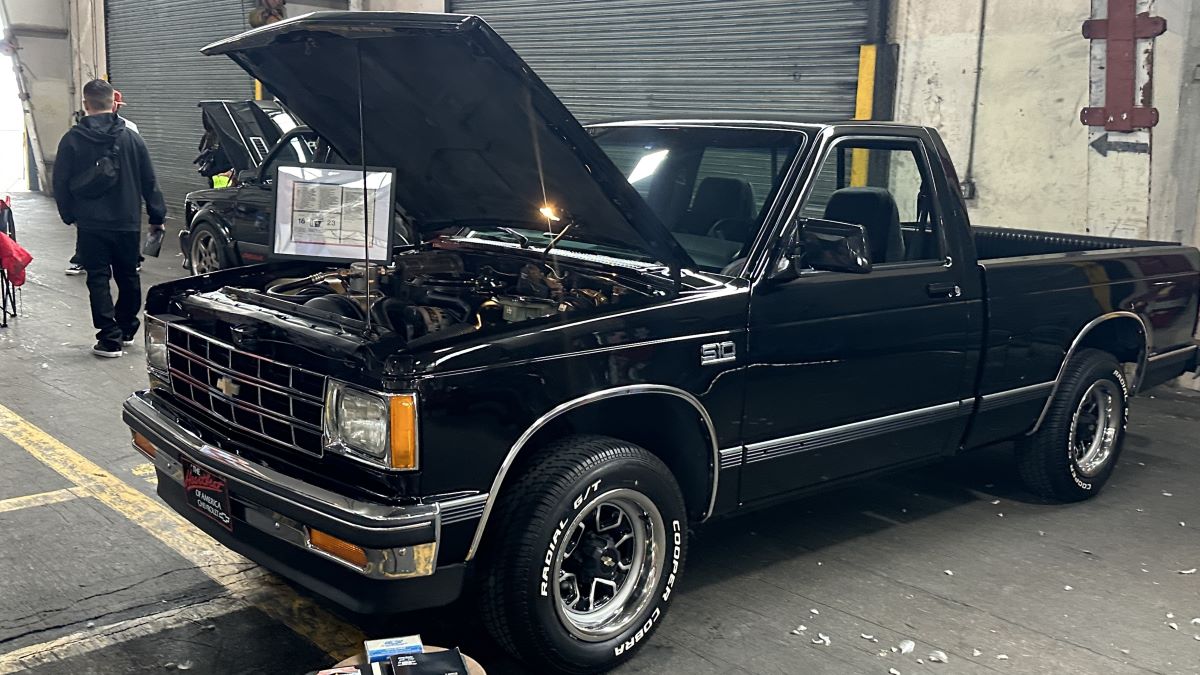
America loves its trucks, and the compact S-10 was a strong seller known for its durability. Showing fewer than 90,000 original miles, this clean black example was built with $4,952 in options when new including the Tahoe equipment group, a chrome step bumper, power steering, a locking rear differential, and air conditioning. Power came from a 4.3-liter V6 and a five-speed manual.
1993 Jeep Cherokee Sport 4×4
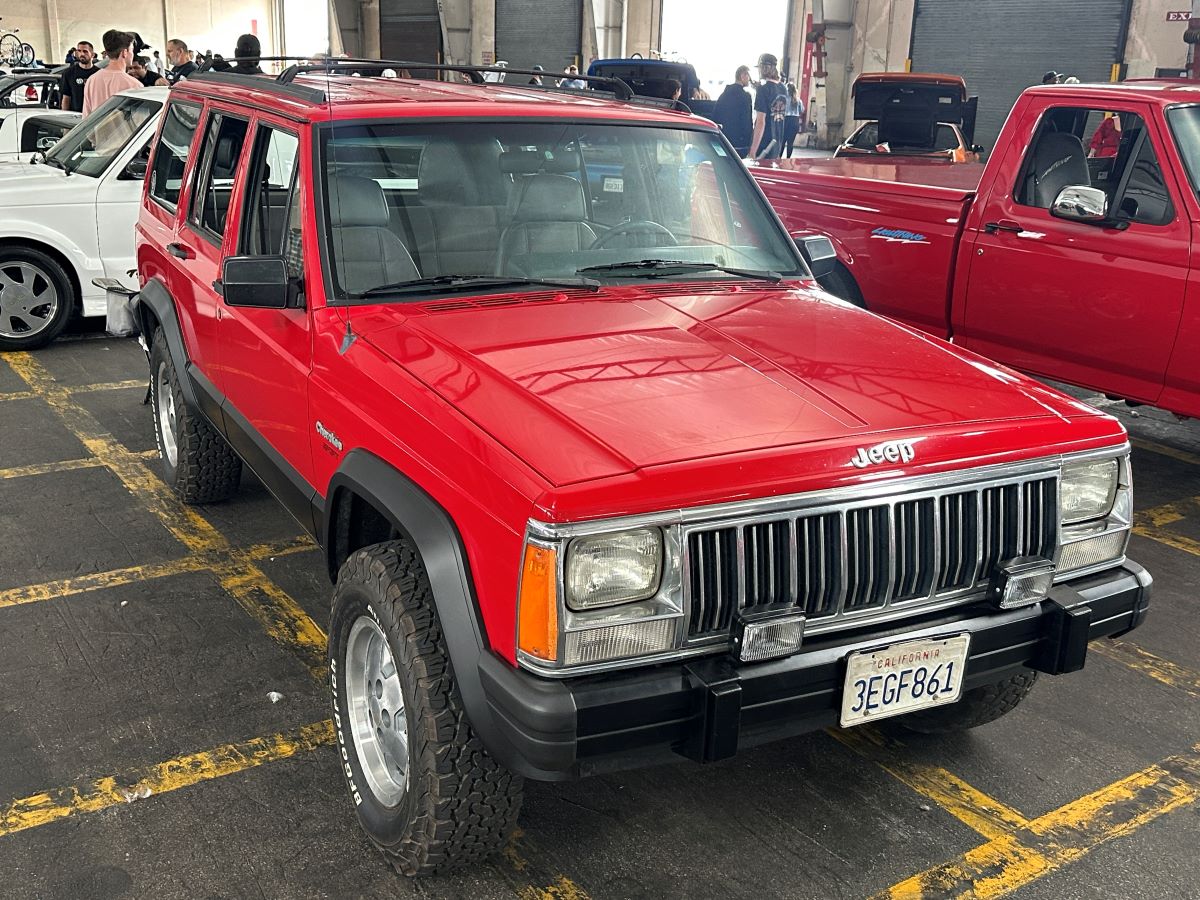
The “XJ” Cherokee was produced from 1984 to 2001 and was reputable for its off-road capability. Engineering wise, it was assembled on a unibody platform and powered by a 4.0-liter inline-six. The XJ was marketed as a “sportswagon,” but it paved the way for the growth of the SUV marketplace in the years and decades to come.
1994 Dodge Stealth
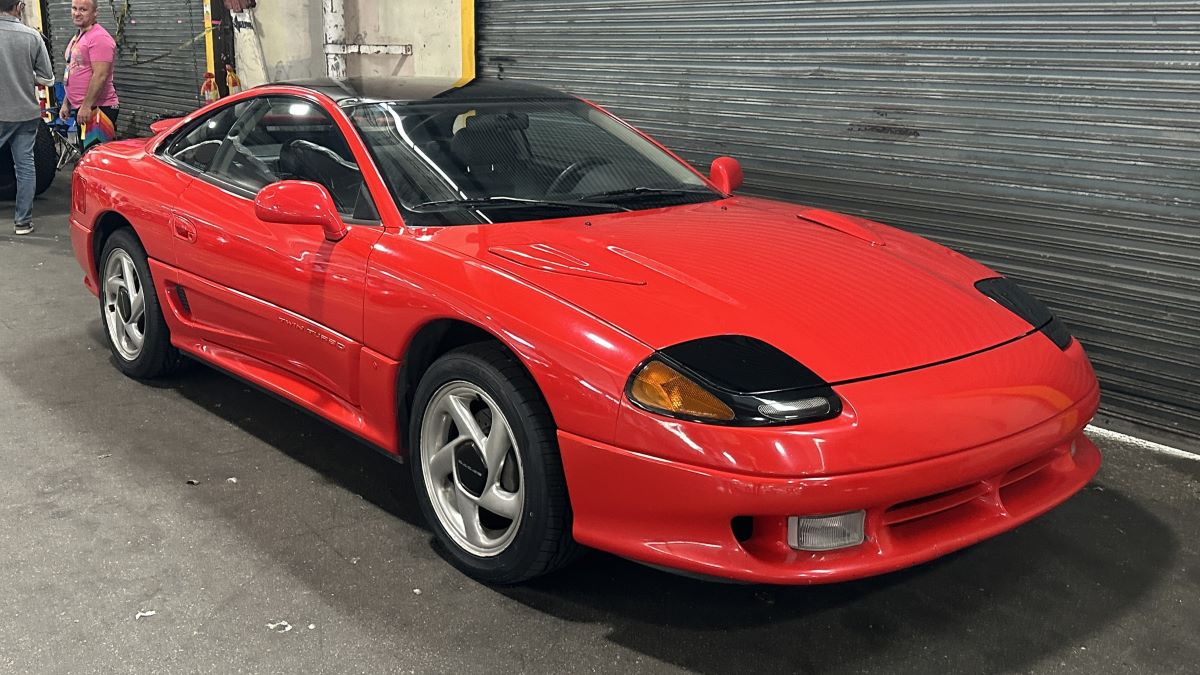
Here again we saw one of the fruits of the Chrysler-Mitsubishi partnership (as seen above with the Talon). This time, the car in question was a rebadged Mitsubishi 3000GT. The R/T twin-turbocharged variant had a long list of features like all-wheel drive, all-wheel steering and hidden (later, projector) headlights. These still look pretty great today, I think!
1995 Ford Probe
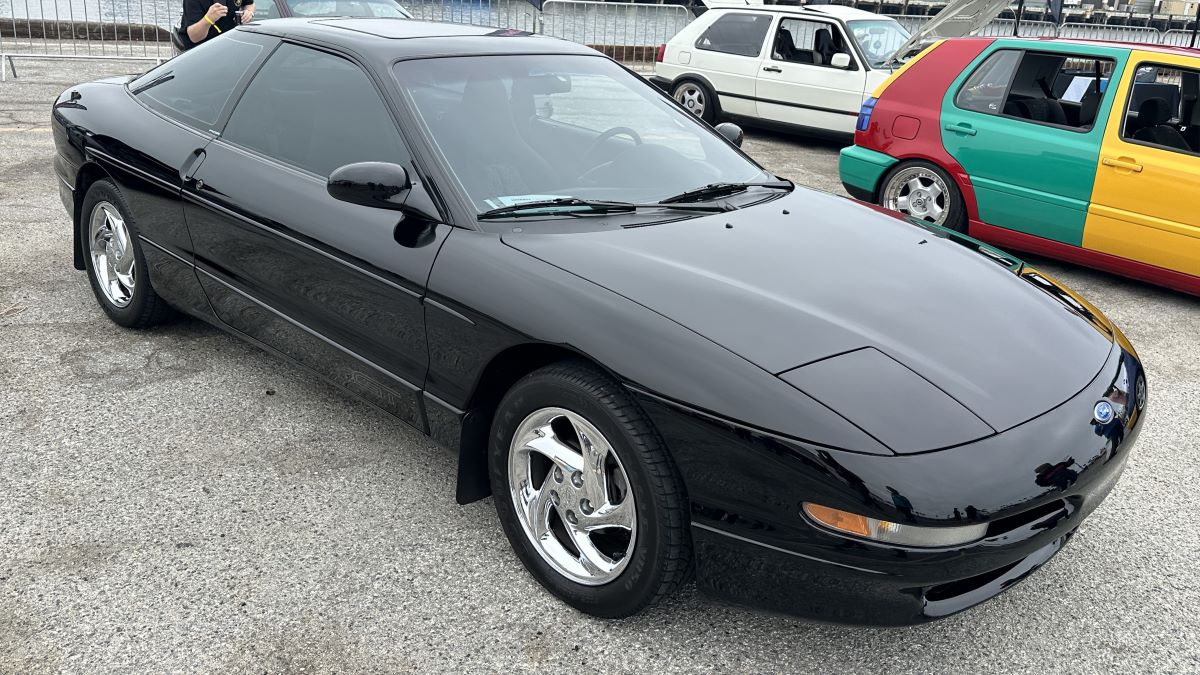
By 1995, this front-wheel drive Ford coupe was in its second generation. As a popular sport-compact, it had been developed as a partnership with Mazda, and it even included a Mazda-produced engine. The car’s rounded look was futuristic for its time, and the Probe was named Motor Trend Car of the Year for 1993. When sales declined, it was discontinued after 1997.
1996 Lexus GS300
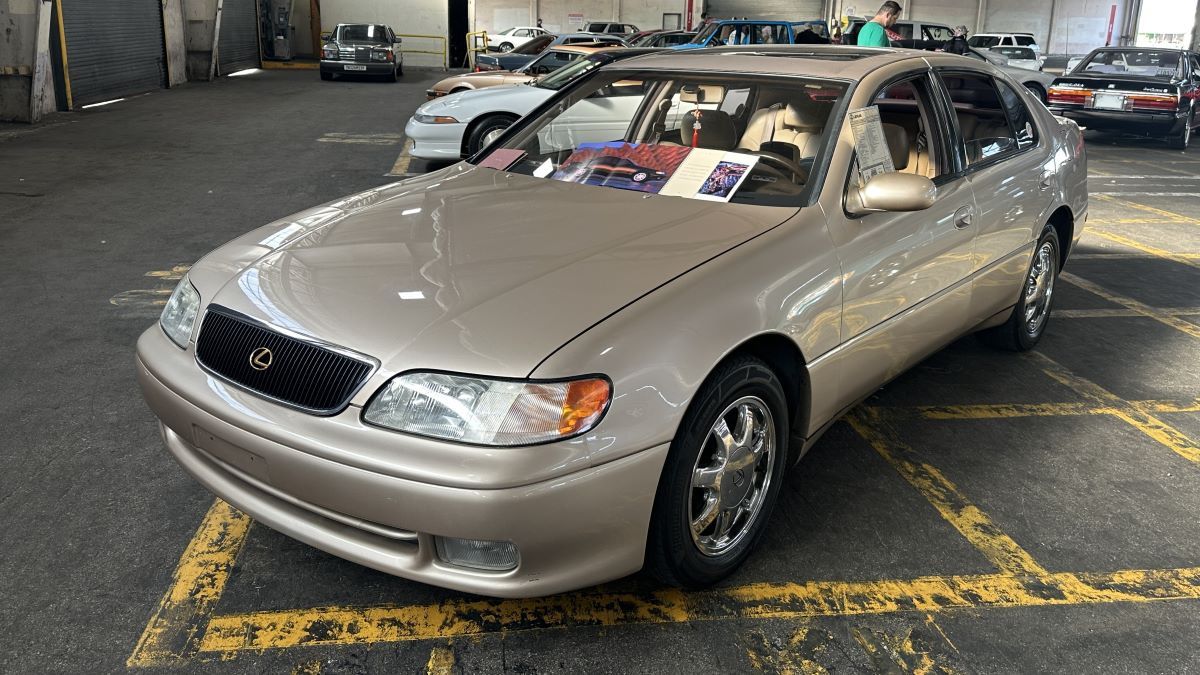
The GS had a lot to offer as a mid-range offering in the Lexus lineup – it had rear-wheel drive and a smooth 220-horsepower 3.0-liter inline-six engine paired with a five-speed automatic transmission. The window sticker for this Cashmere Beige Metallic GS showed the car’s original delivery to Betts Lexus of Des Moines, Iowa. It even had 12-disc CD changer!
As always, I had an incredible time kicking the tires of some amazing vehicles out in California! I am glad to see the continued interest in “neo-classic” cars of the 1980s and 1990s.

